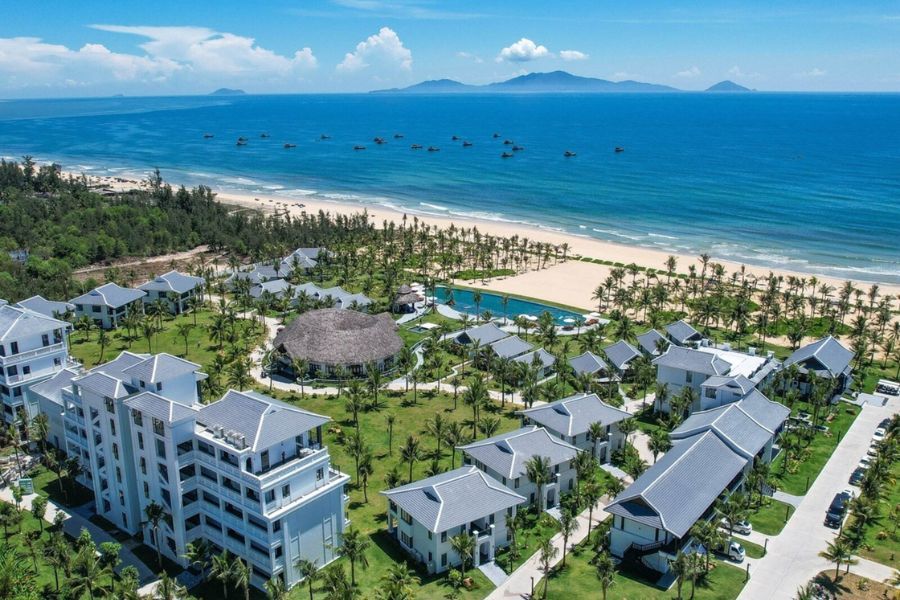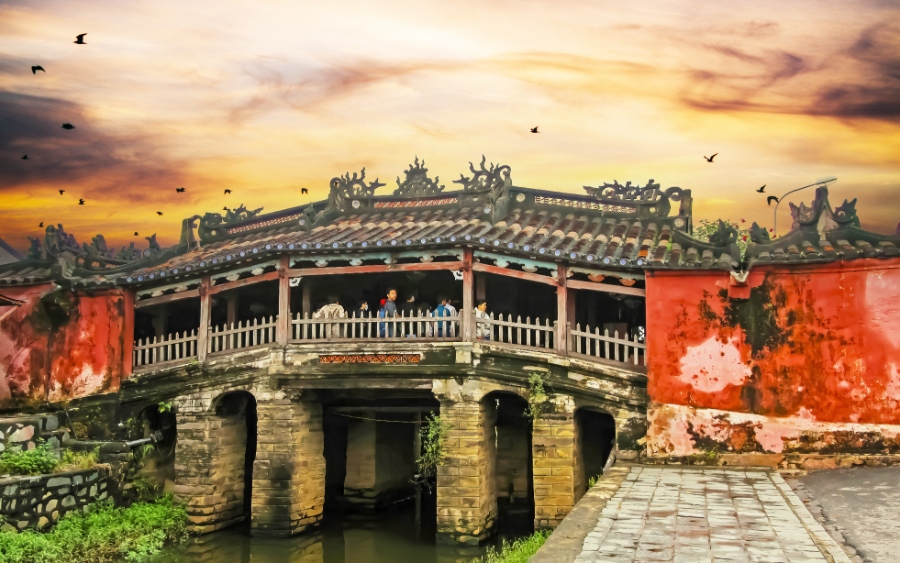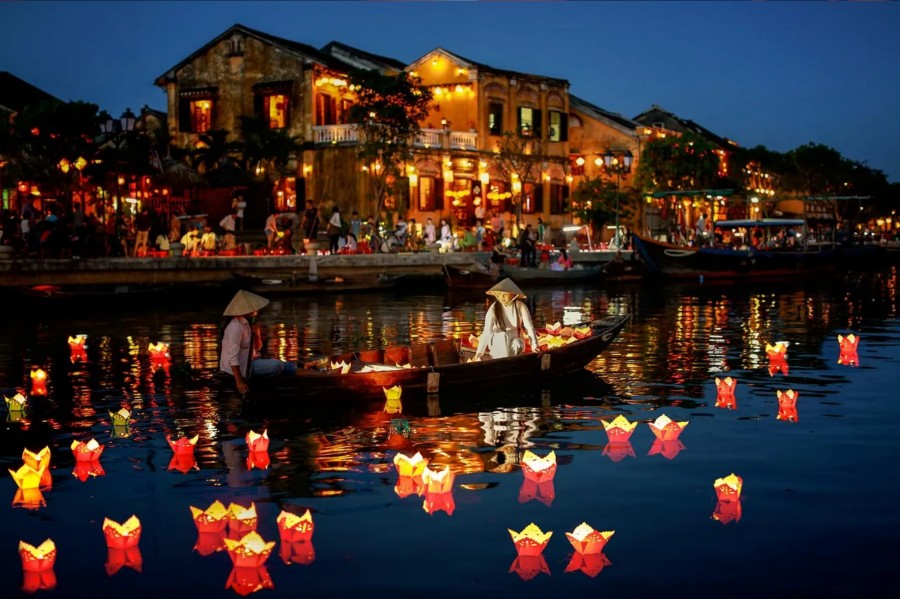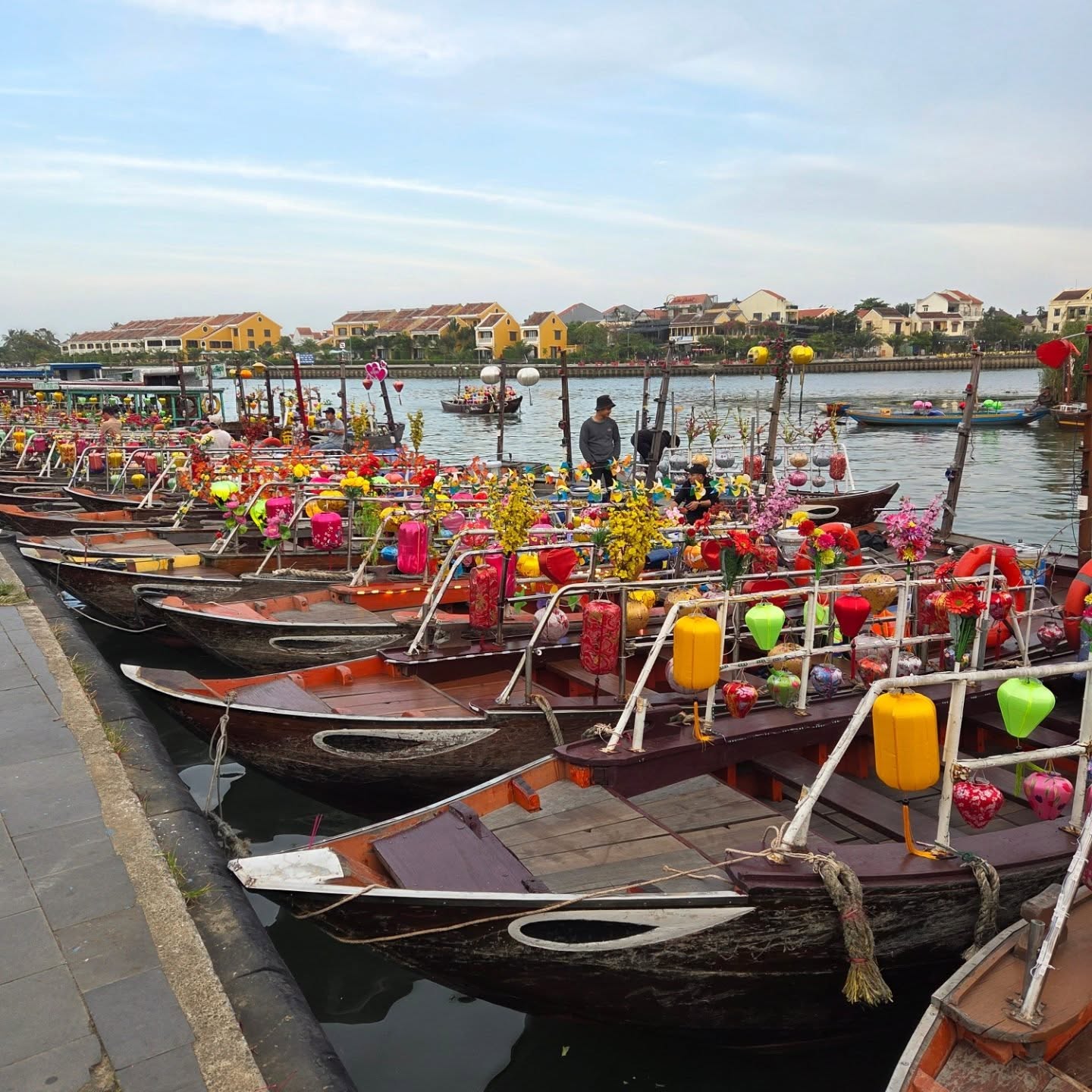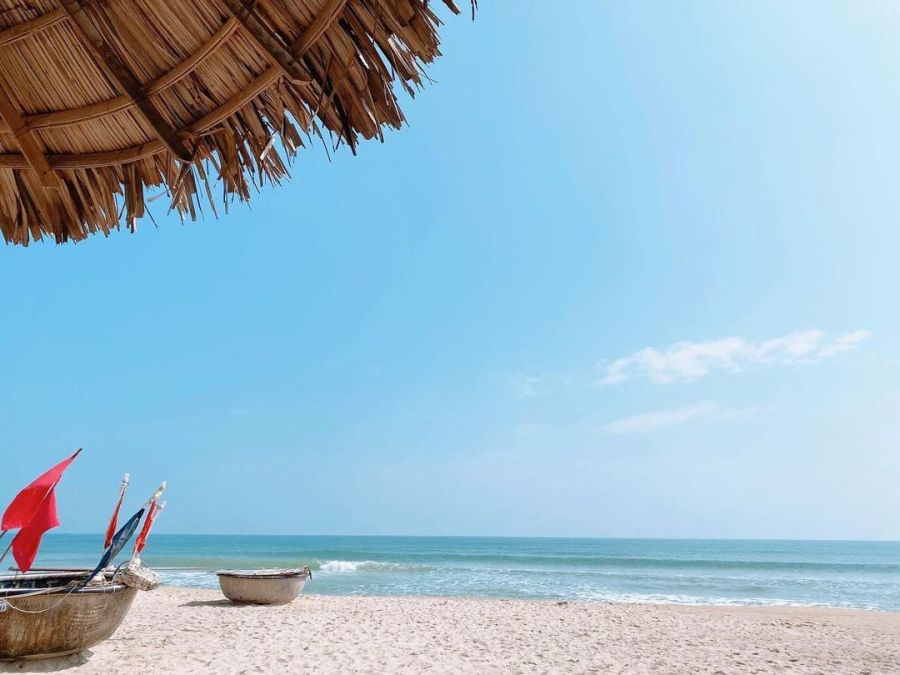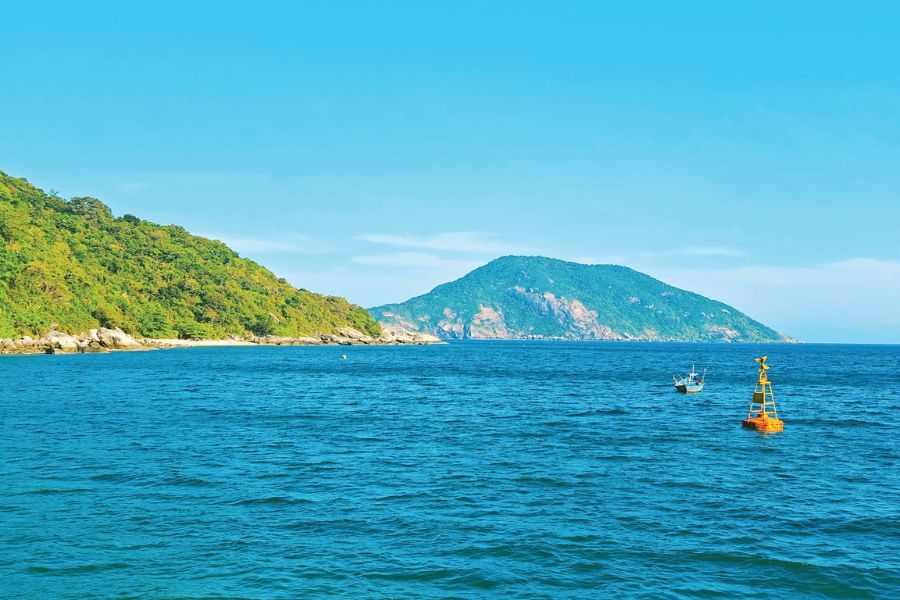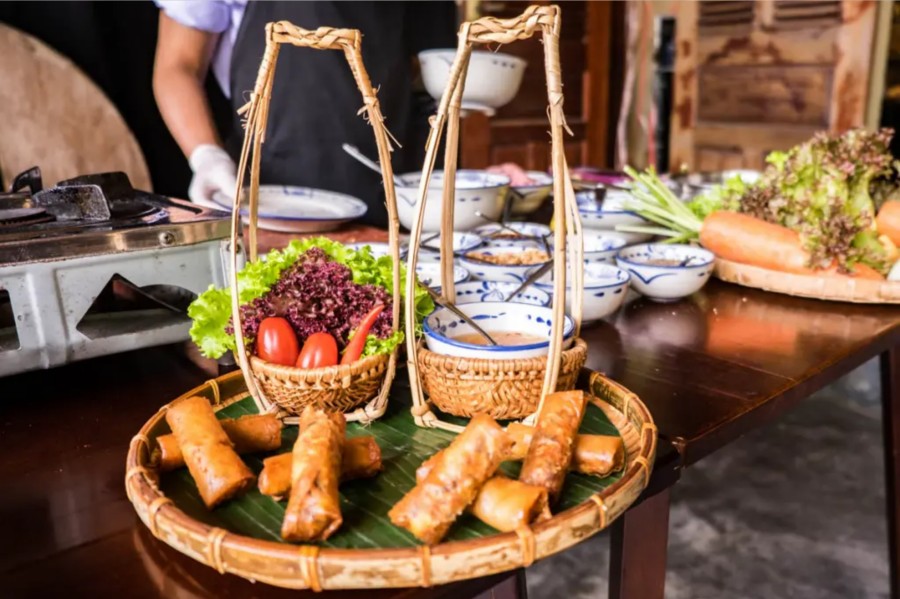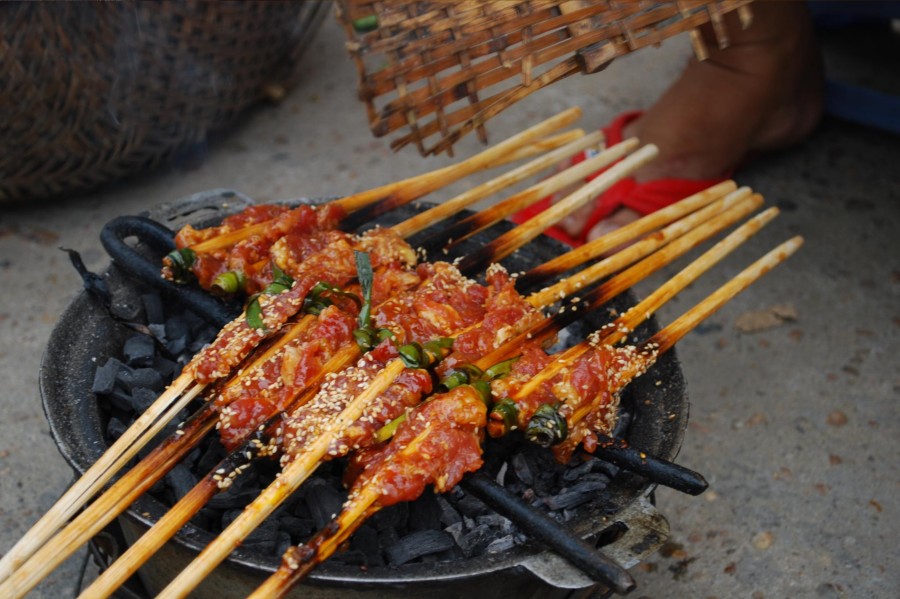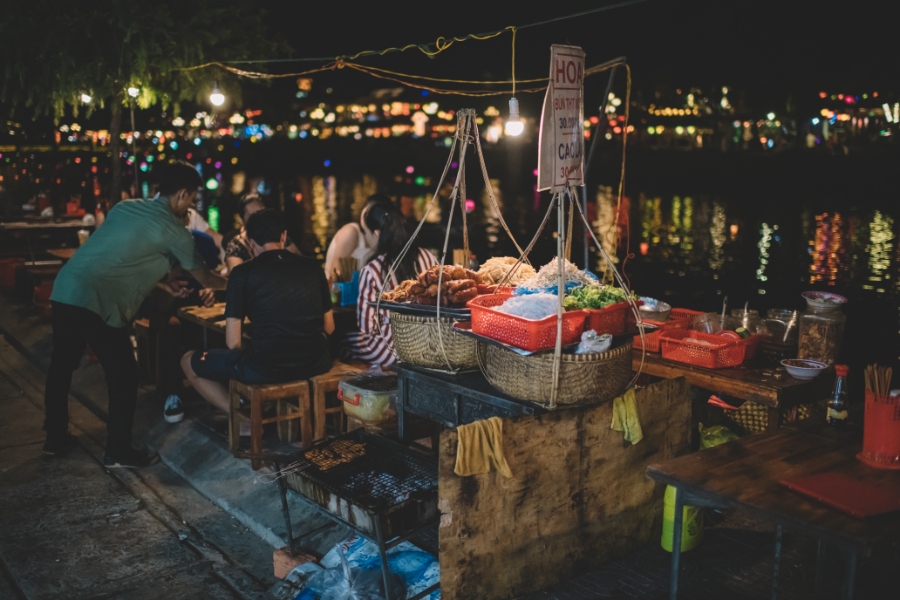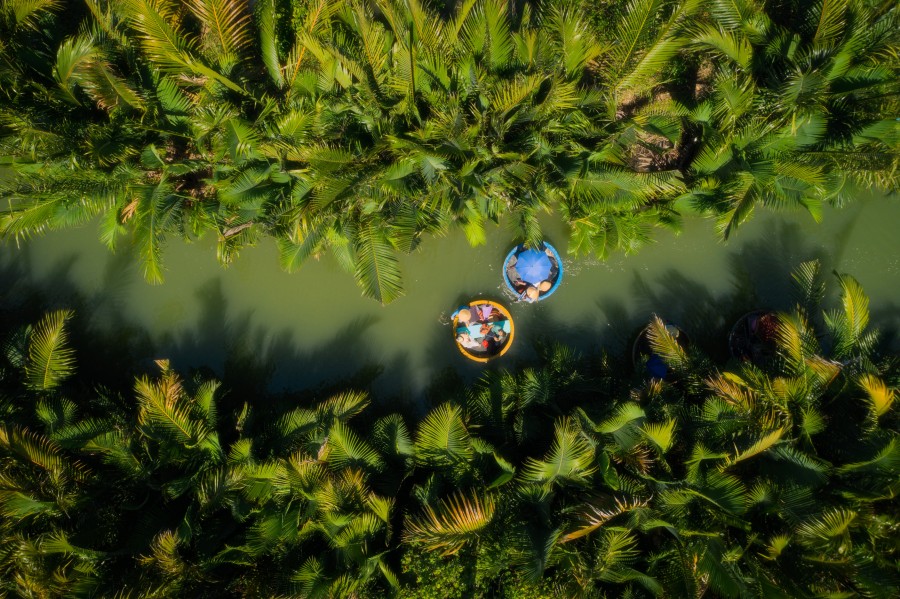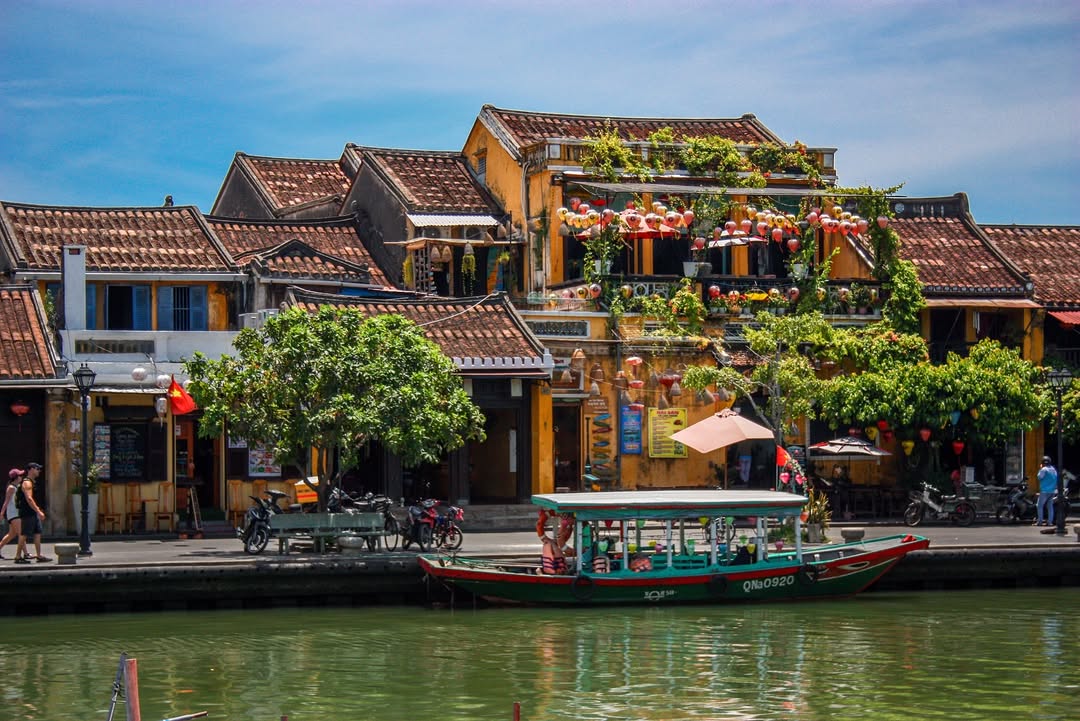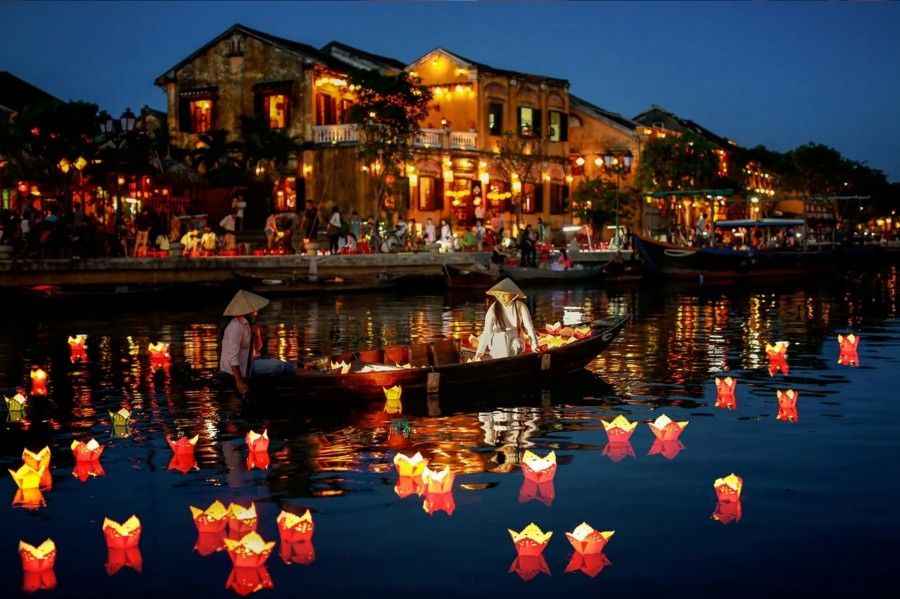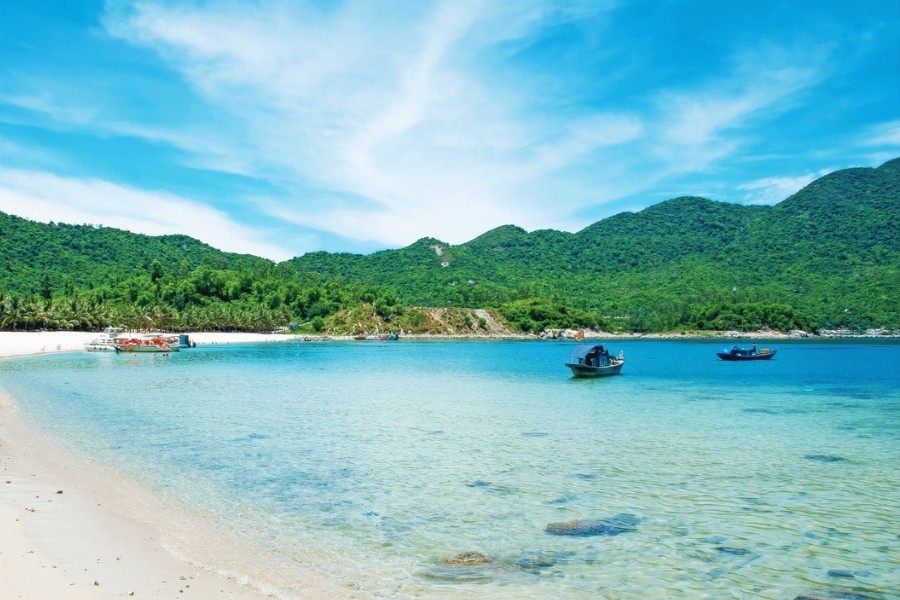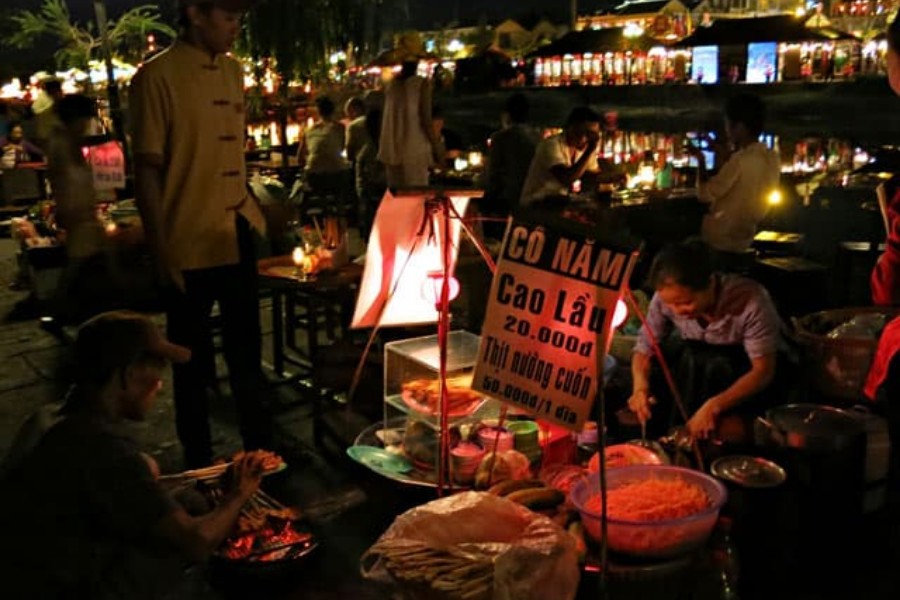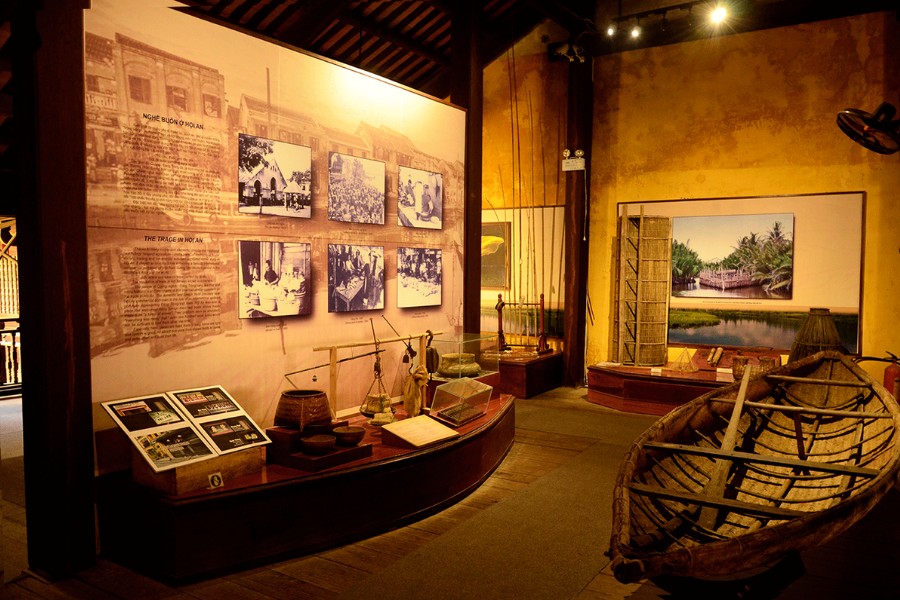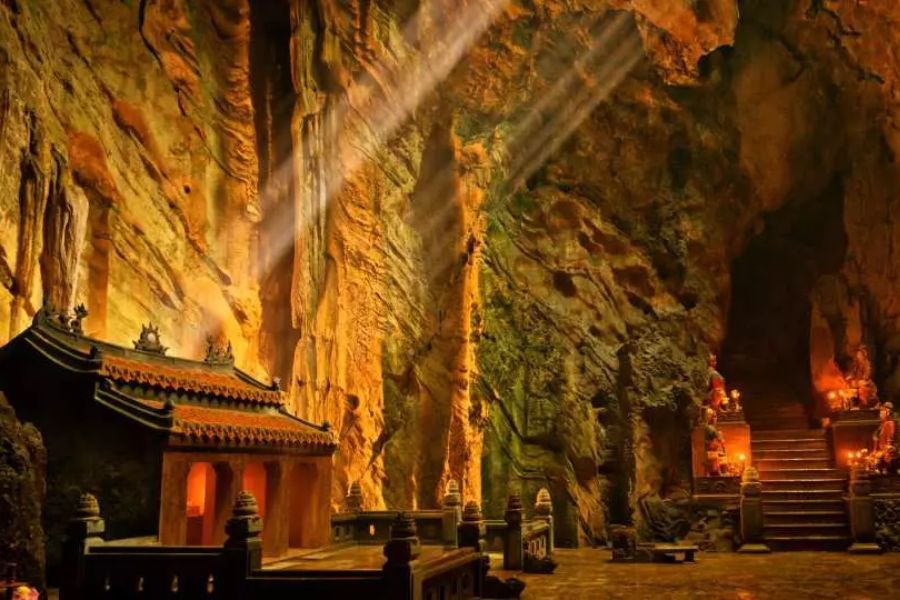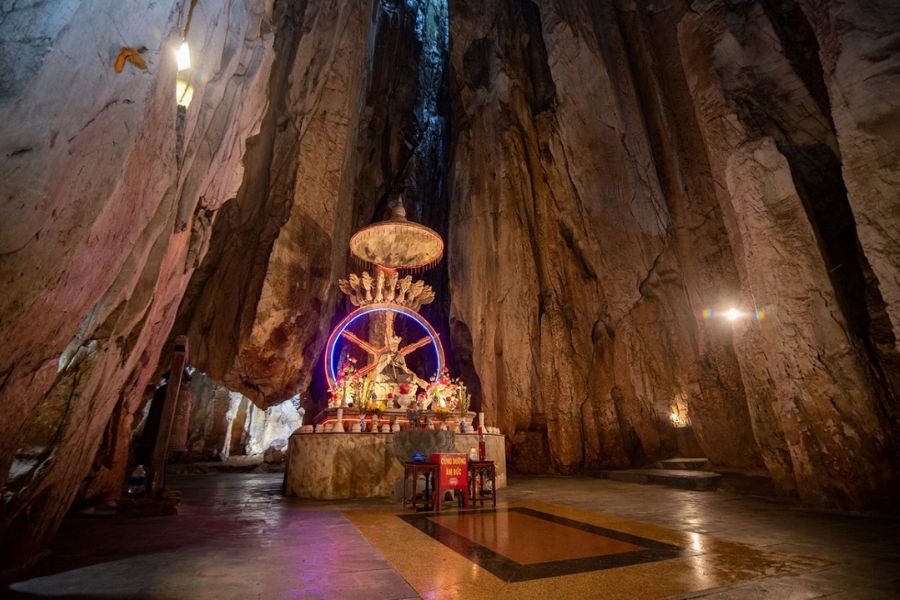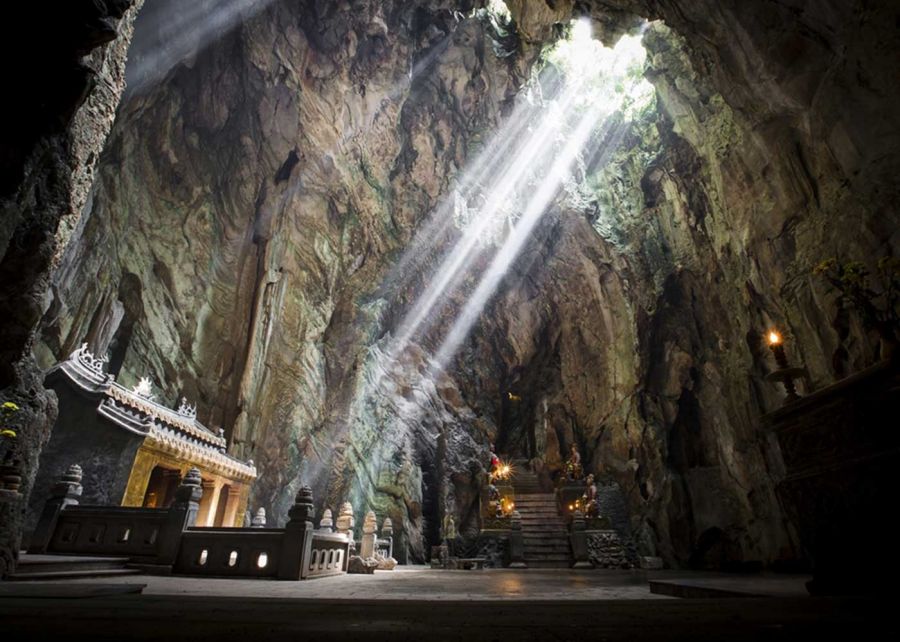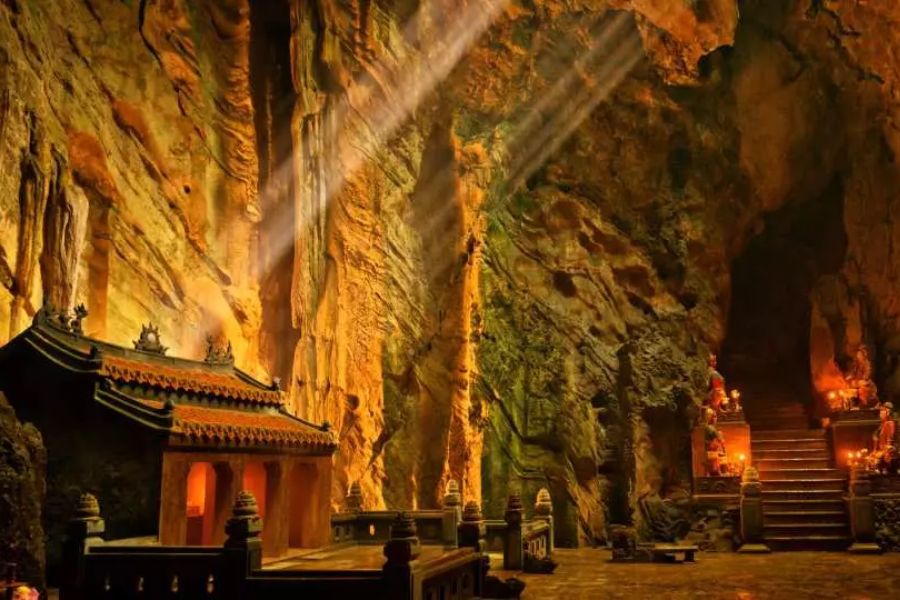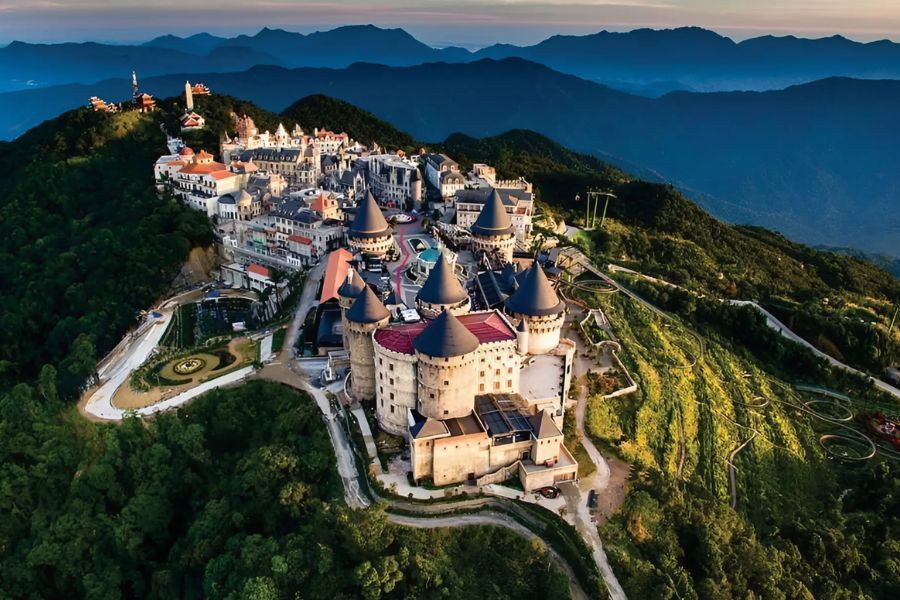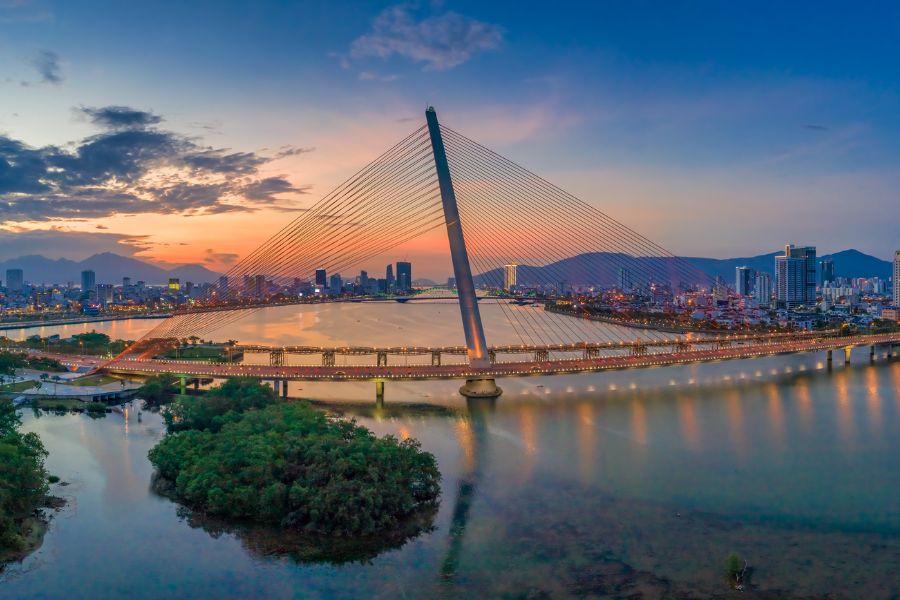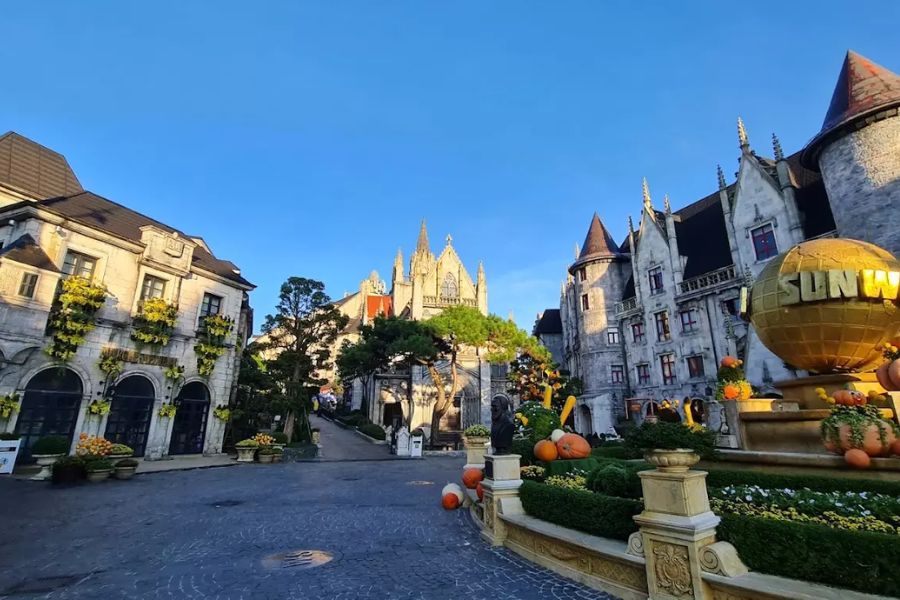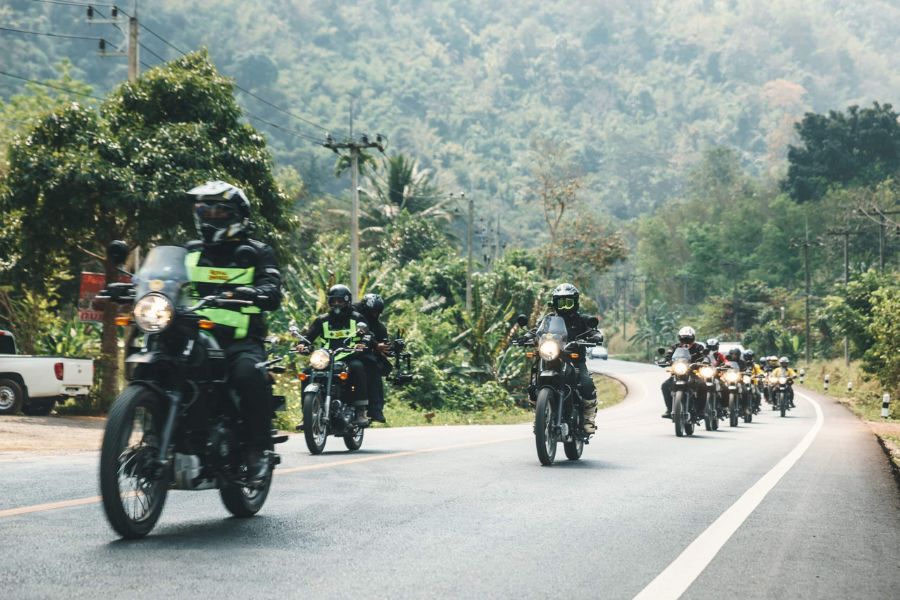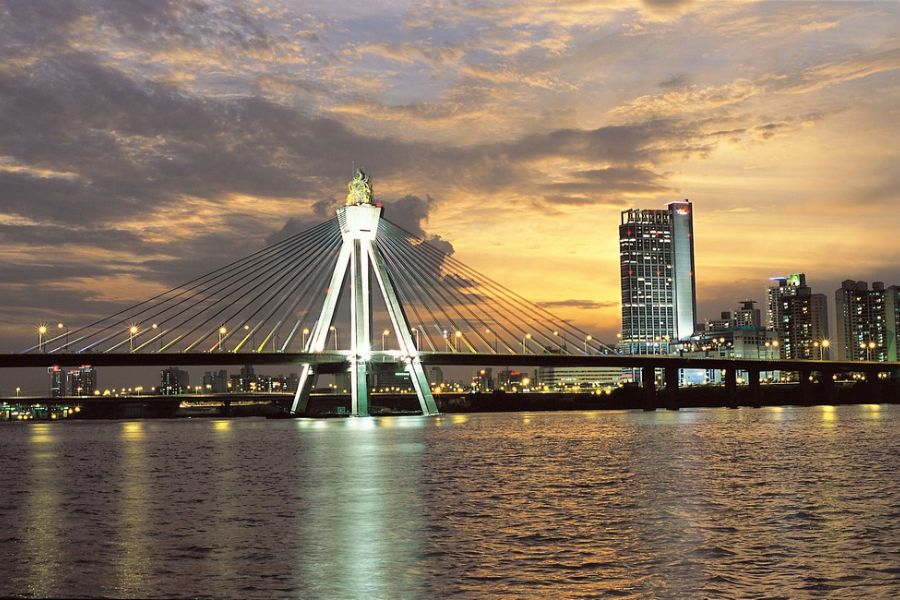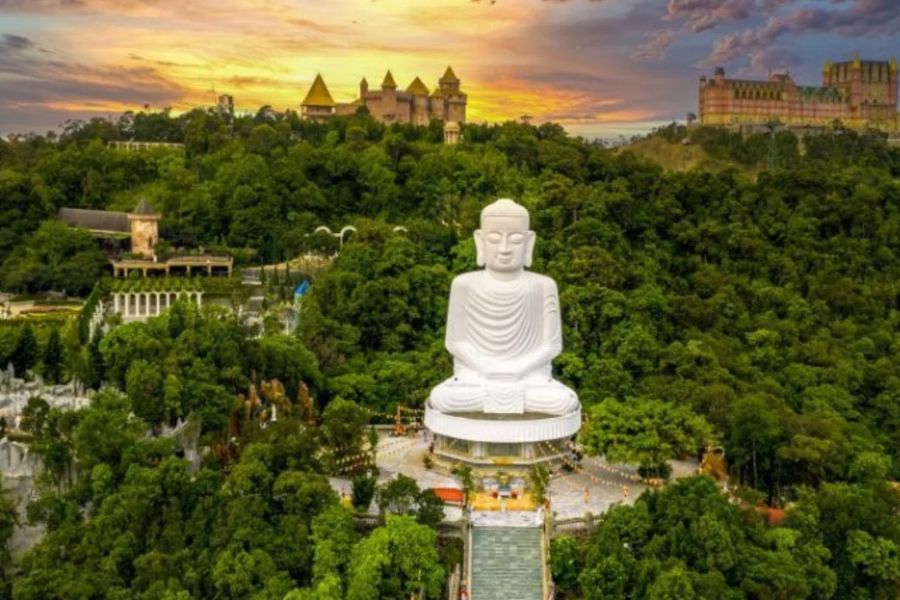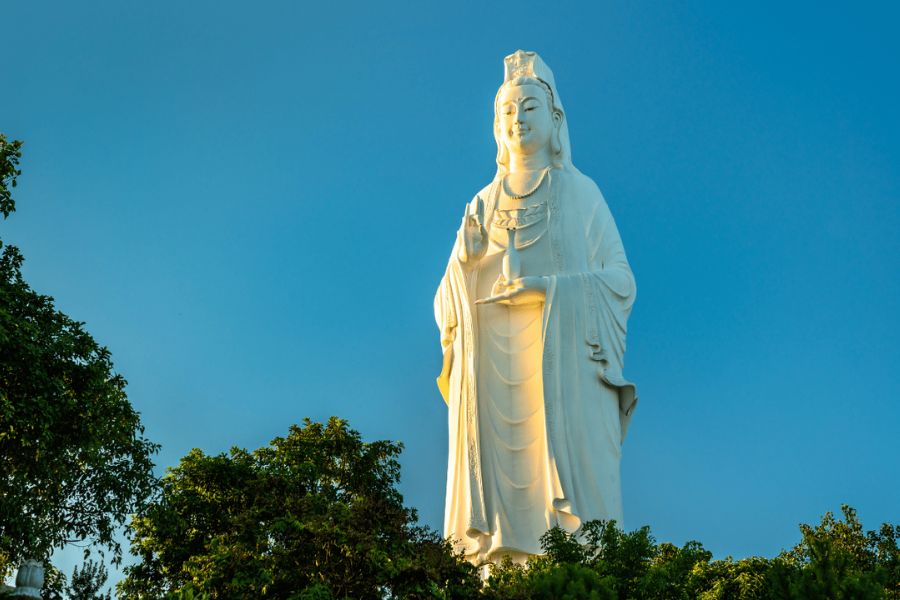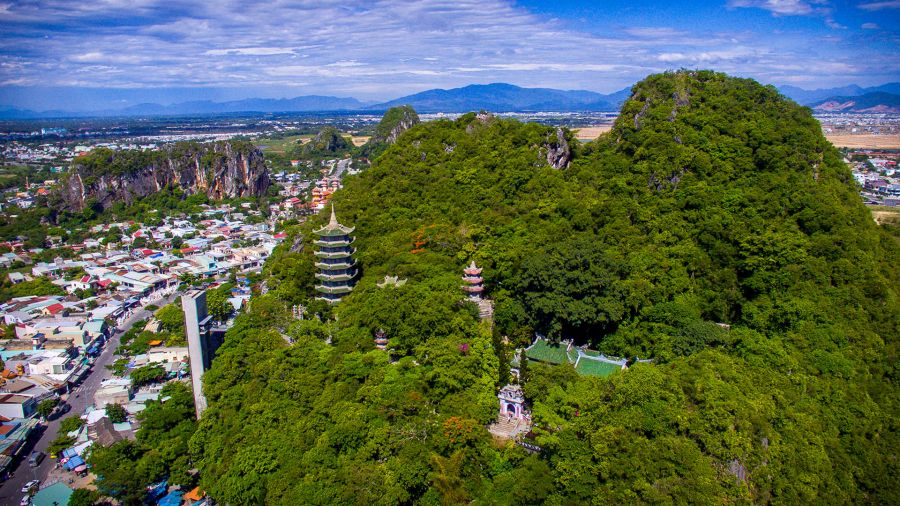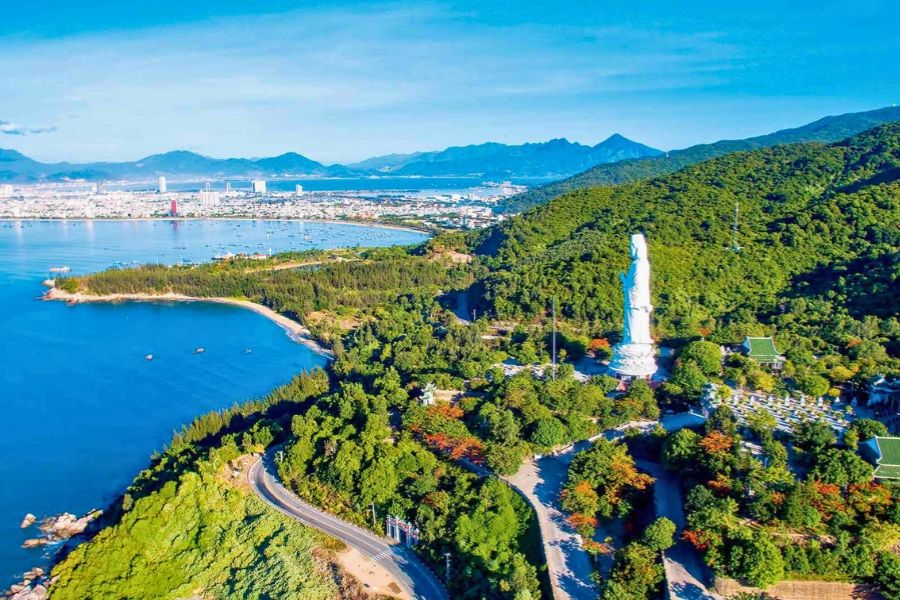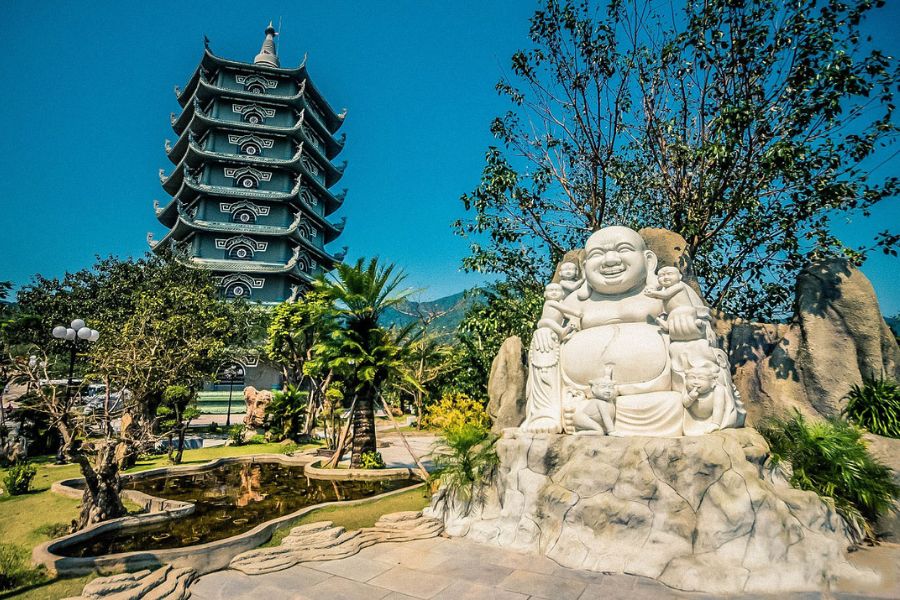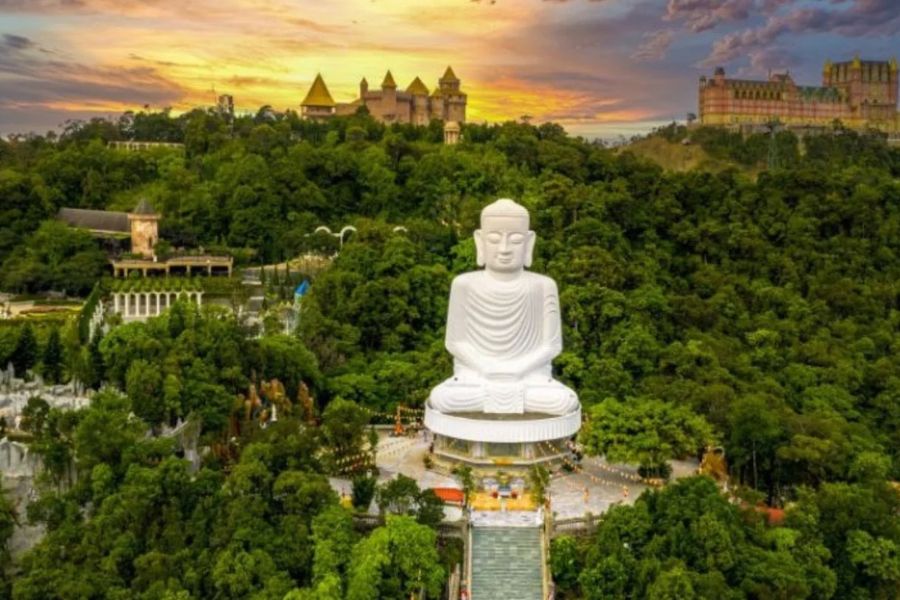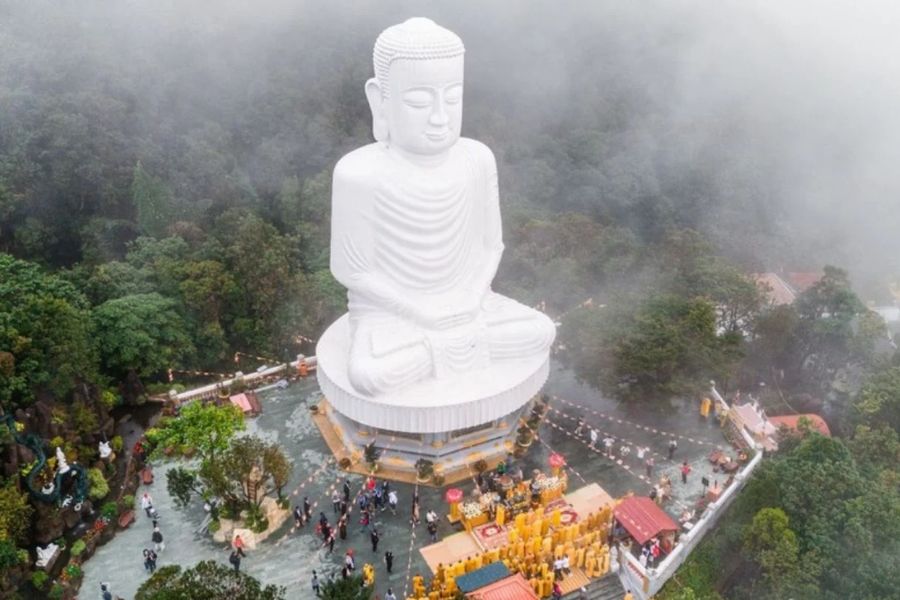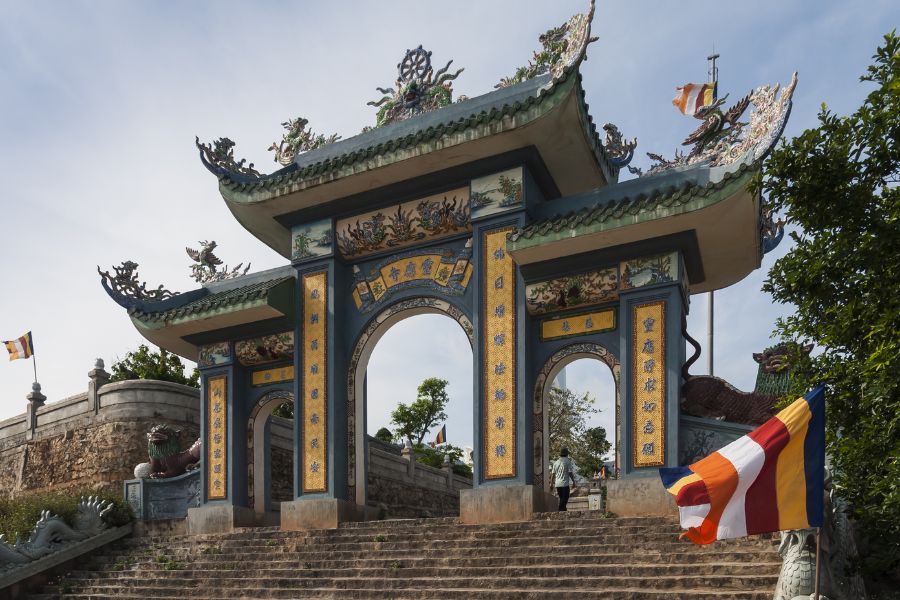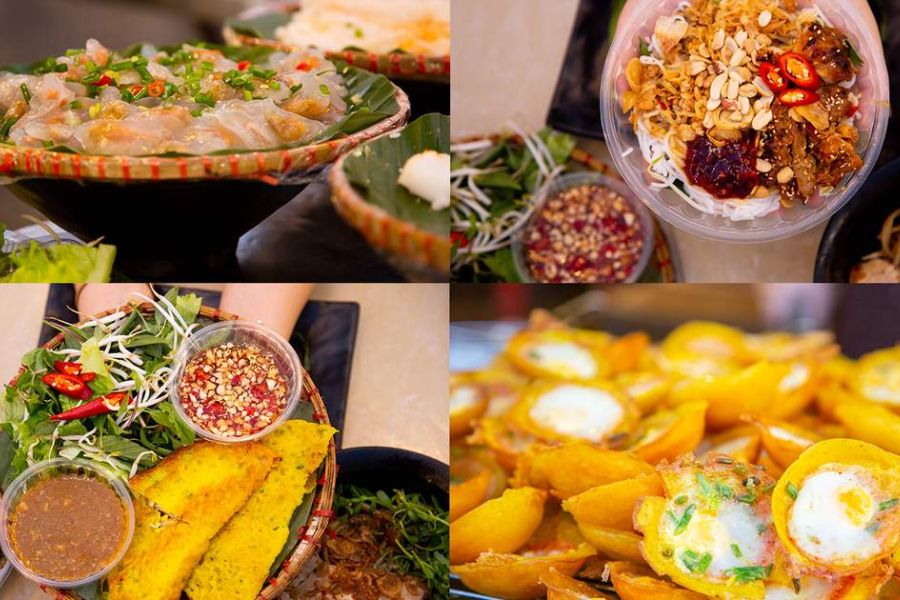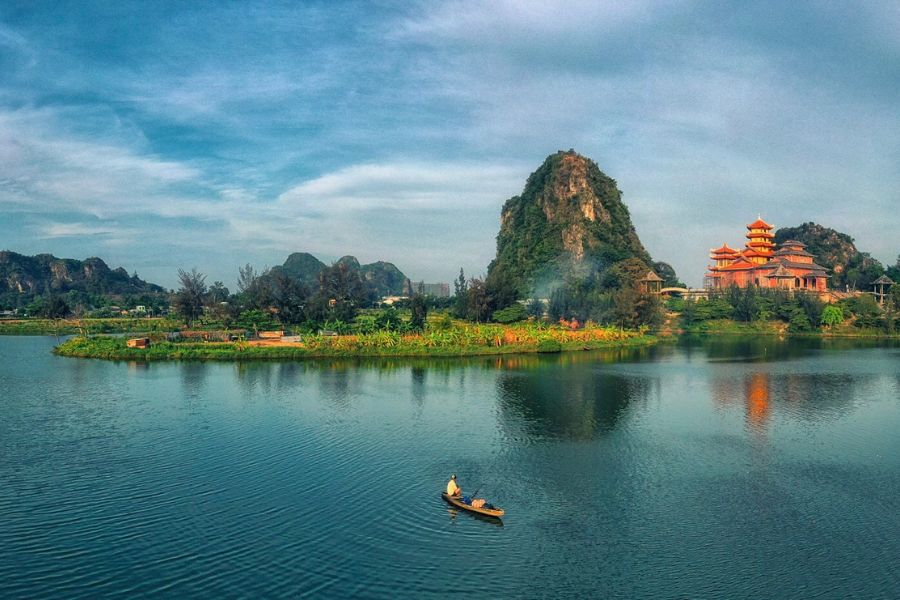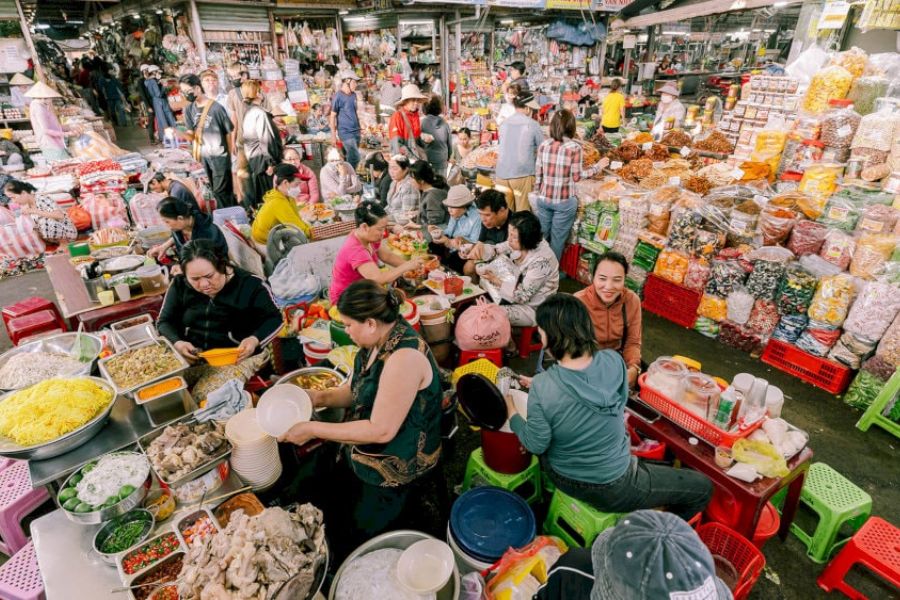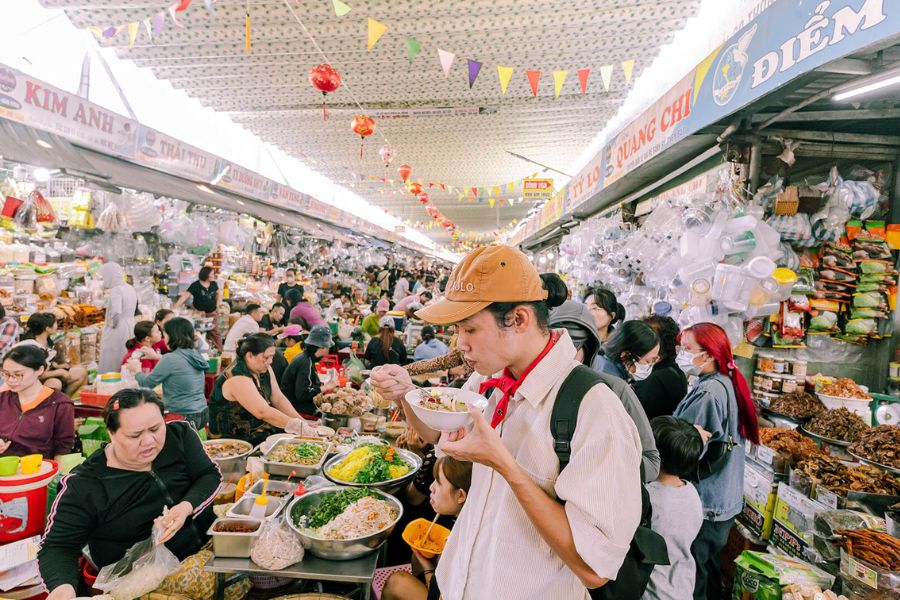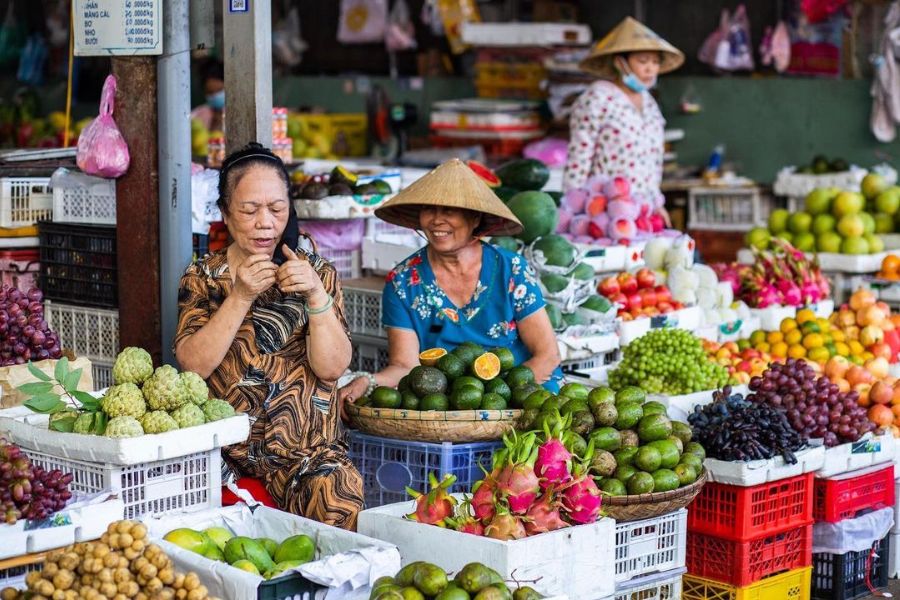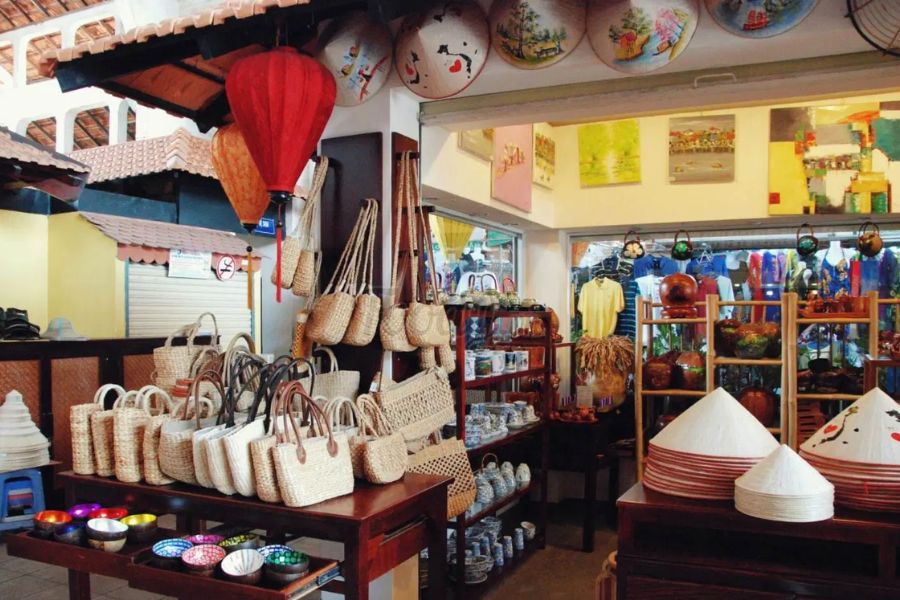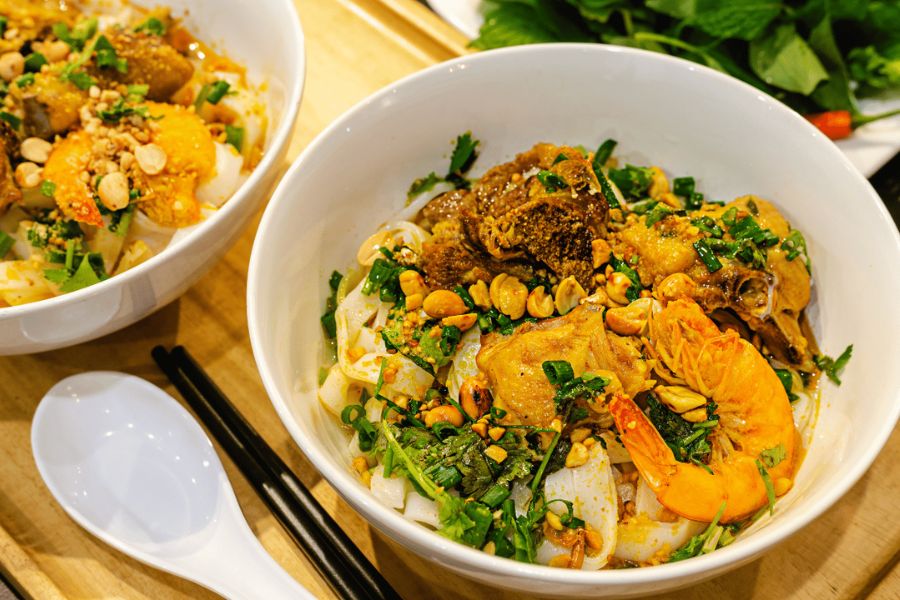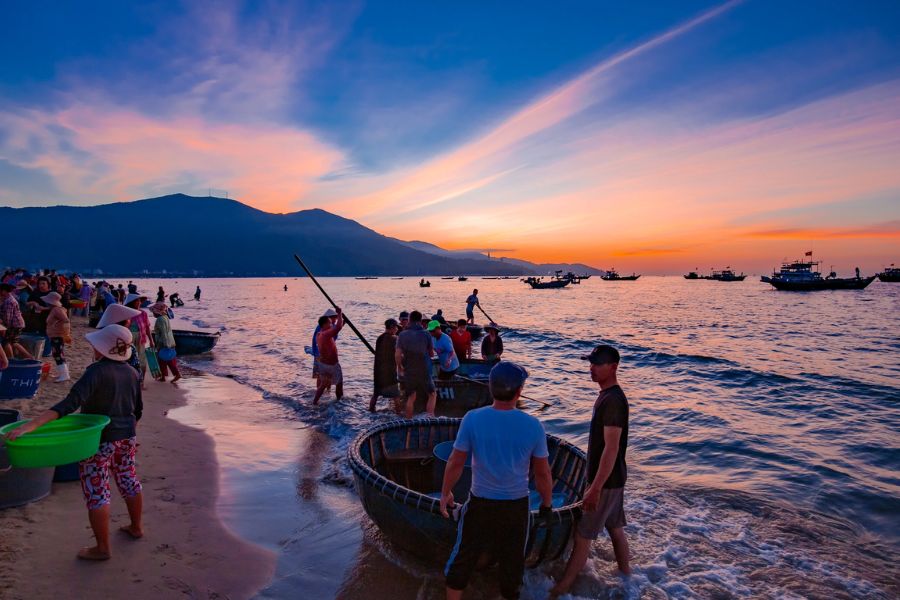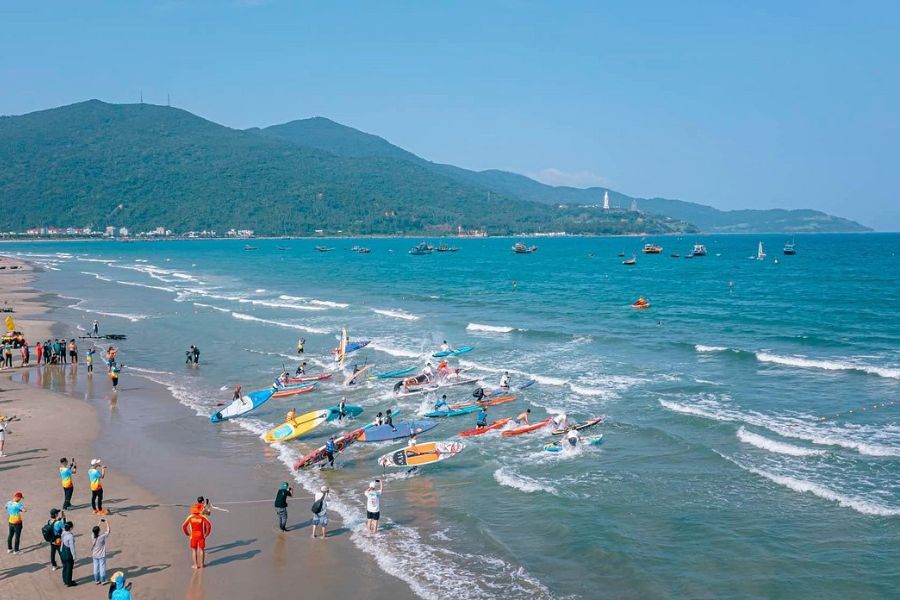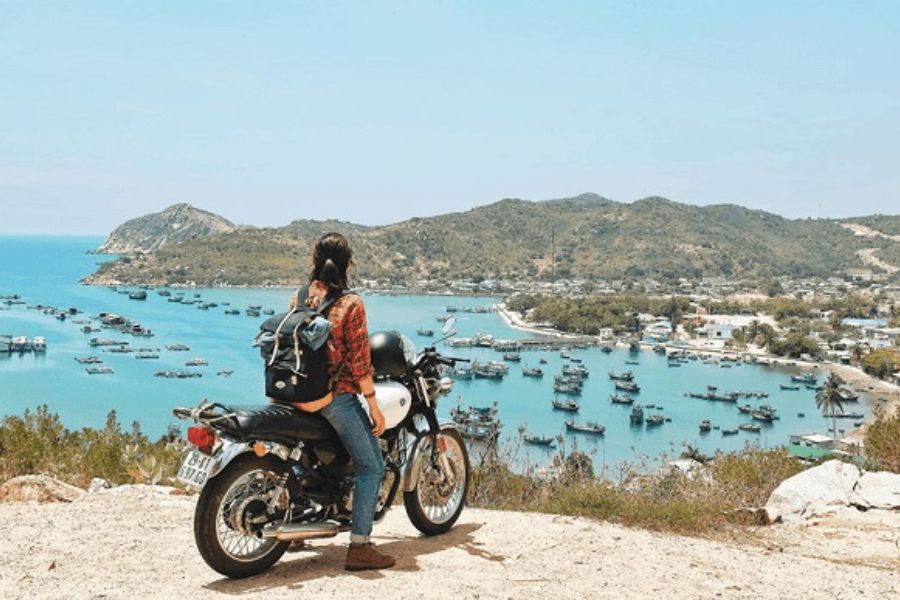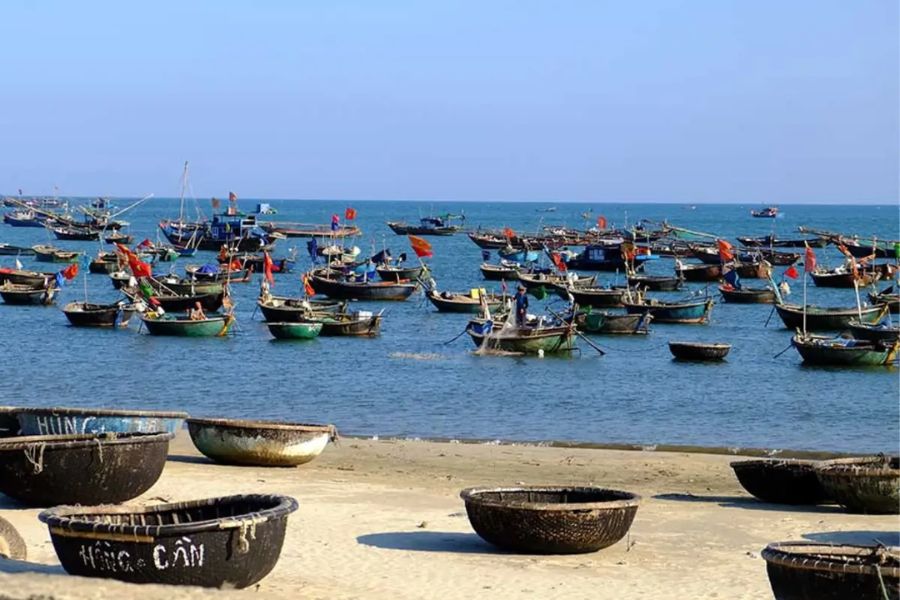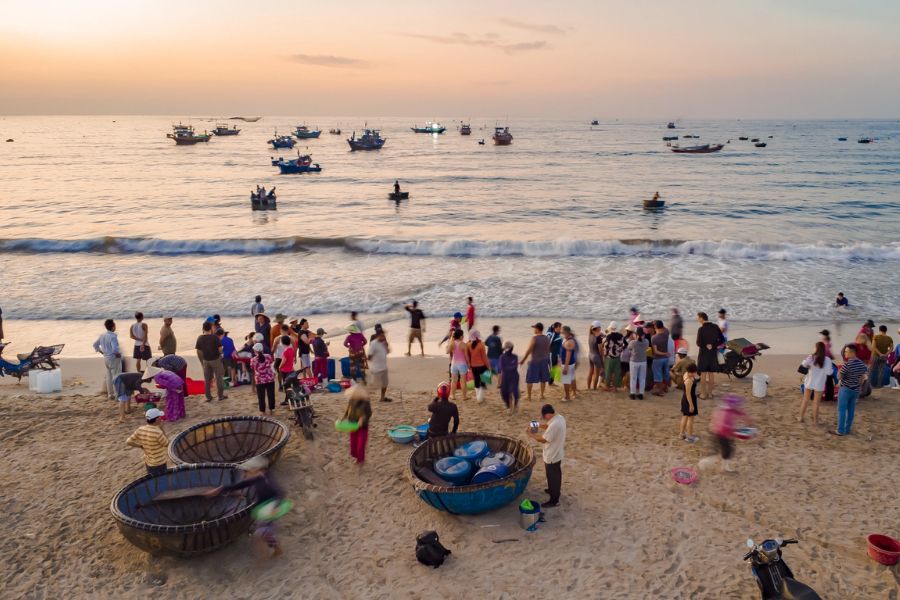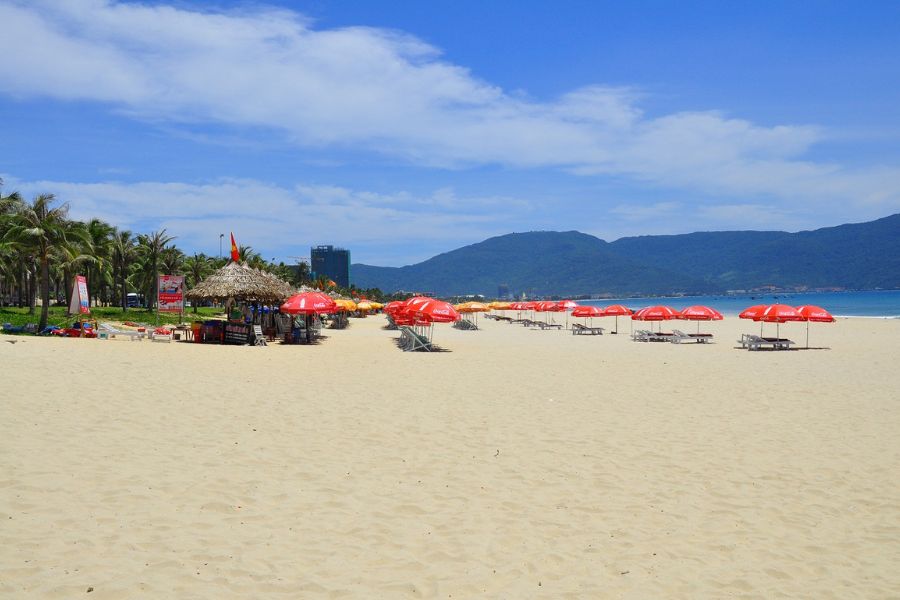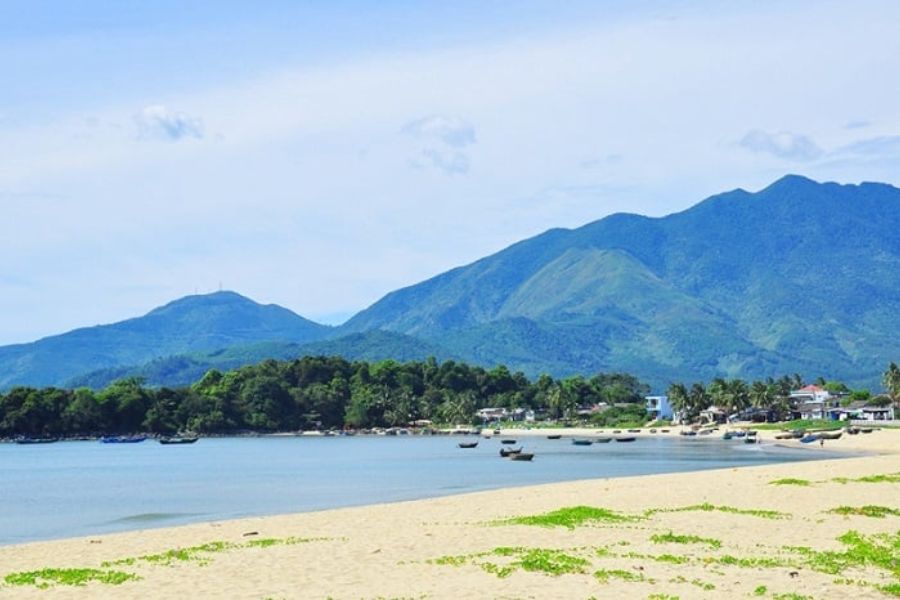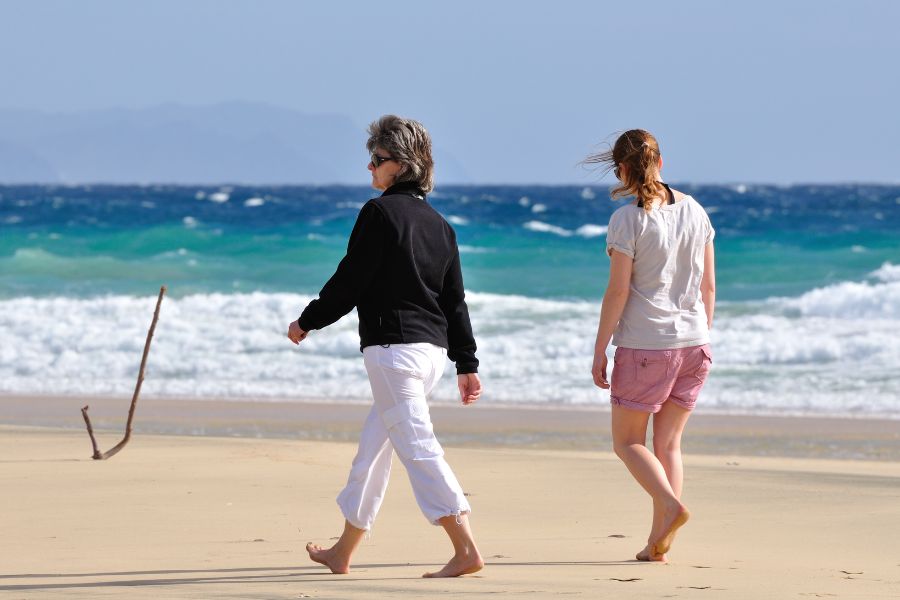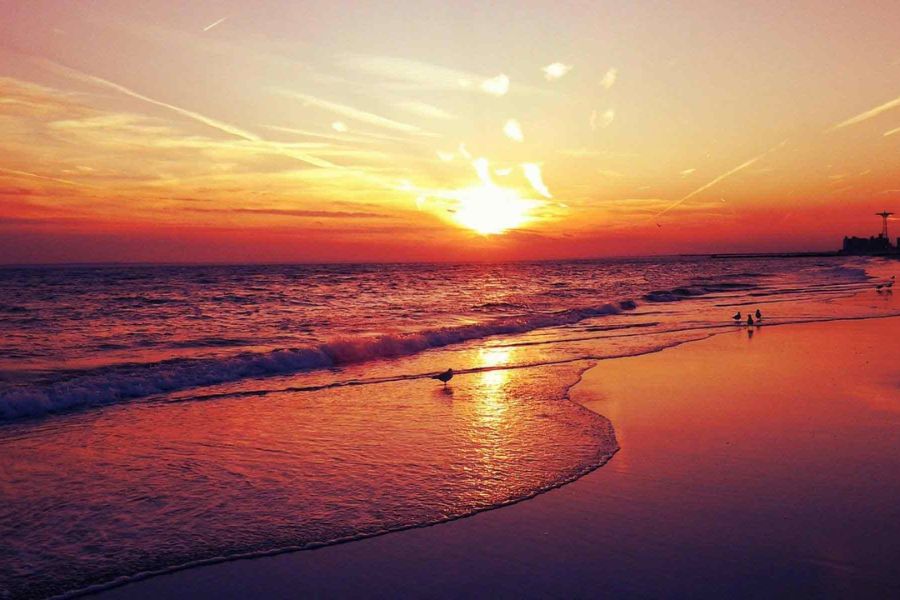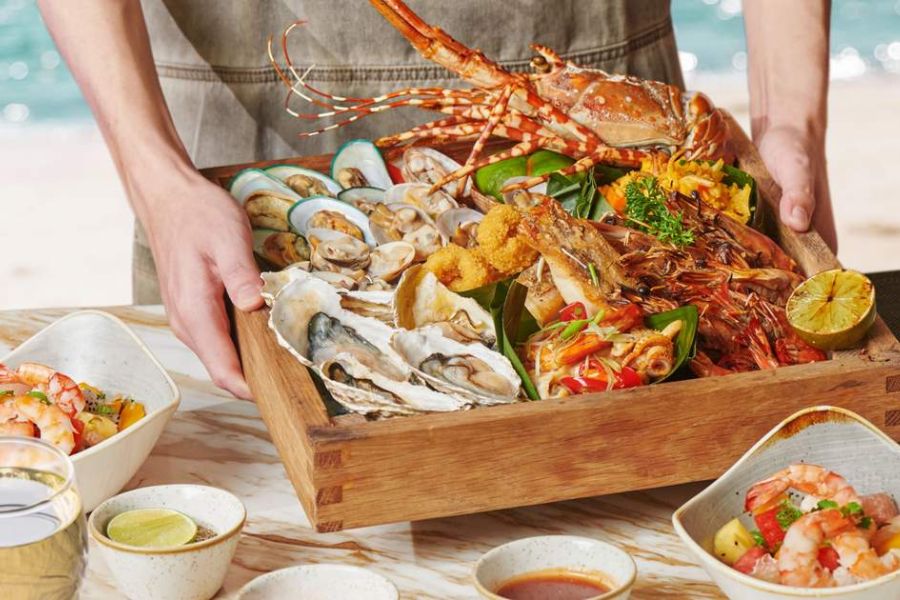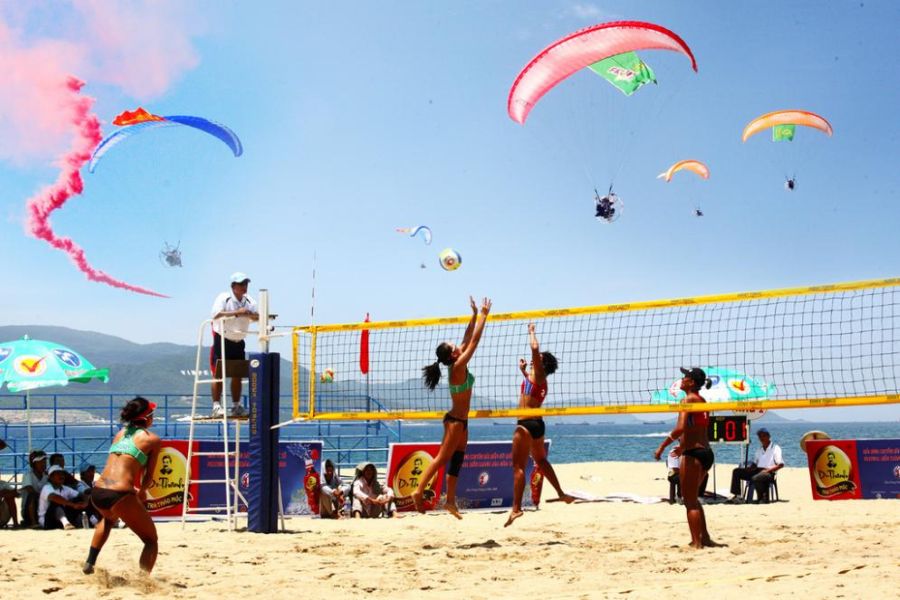Where To Stay In Hoi An: A Suitable Place For A Perfect Trip
There are various brilliant places for you when searching for where to stay in Hoi An. Let’s explore the top hotels and resorts based on areas in this Ancient Town, favored and trusted by both local people and vacationers.
Top Hotels And Resorts In Hoi An
Seni World has collected some highly recommended resorts and hotels in Hoi An for you to refer to in case you are searching for where to stay in Hoi An. It consists of the location, star standard, primary design, service, as well as the popular price range. Let’s see more below:
Hoi An Ancient Town Area
Hoi An Ancient Town area is the best area to stay in Hoi An, in case you want to stay at the heart of the town. This place provides the top comfort, with the most famous sights, restaurants, and coffee shops within walking distance. However, the price of accommodation can be slightly higher compared to different districts, particularly for staying close to the riverside.
Hoi An Ancient House Resort (4 ★)
The Hoi An Ancient House Resort is fantastically designed with traditional Vietnamese structure, simple tiled roofs, and plush gardens. Interiors of the resort feature wood accents and handmade decorations to evoke a warmth and heritage point. This is one of the best resorts in Hoi An when you choose the central area.
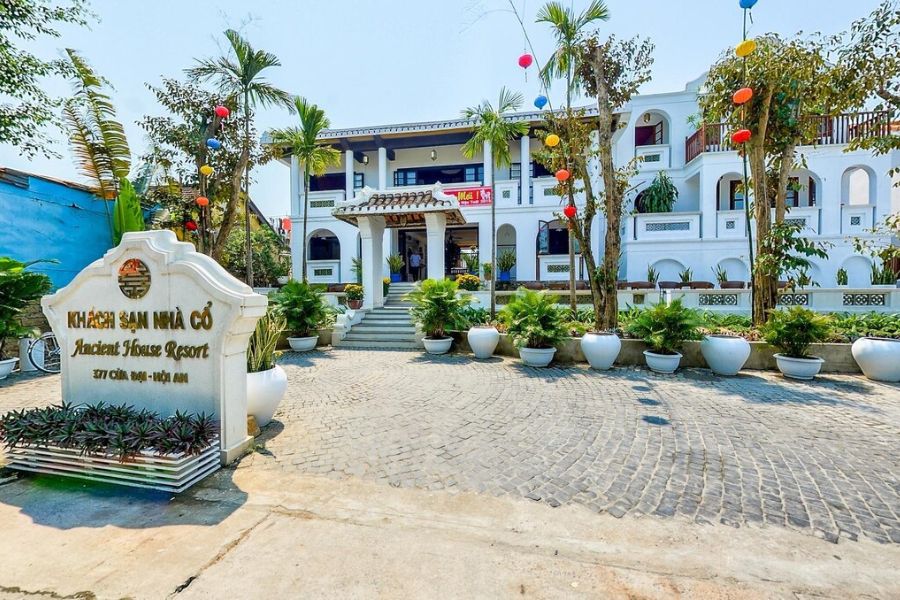
Positioned at the river just outside the Hoi An Ancient Town, it balances quiet with comfort, bringing travelers a lodge-like escape close to cultural destinations. The price of the Hoi An Ancient House Resort is around $42 to $185 per night, depending on the real-time promotion of the hotel.
Delicacy Hoi An (4 ★)
Combining modern, elegant layout with local craftsmanship, spaces of Delicacy Hoi An highlight subtle lighting, smooth strains, and artful details. The atmosphere of the hotel feels upscale but approachable, with pleasant communal areas and gardens.
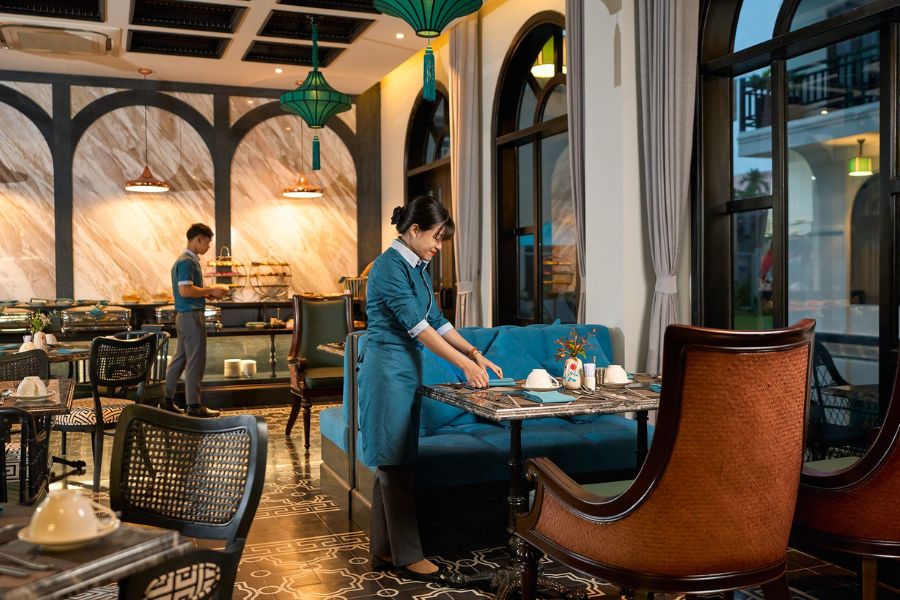
Centrally placed for easy and quick reach to Hoi An’s top destinations, the hotel is ideal for visitors seeking convenience with a beautiful design. The price of Delicacy Hoi An is approximately $46 to $185 per night, depending on the real-time promotion of the hotel and the real-time promotion of the hotel.
Hadana Boutique Hoi An Resort & Spa (4 ★)
The Hadana Boutique Hoi An Resort & Spa gives modern and gentle interiors with impartial tones and smooth textiles. Each room in this resort consists of a private balcony overlooking the beautiful pool, paddy fields, or garden, creating a peaceful vibe for vacationers.
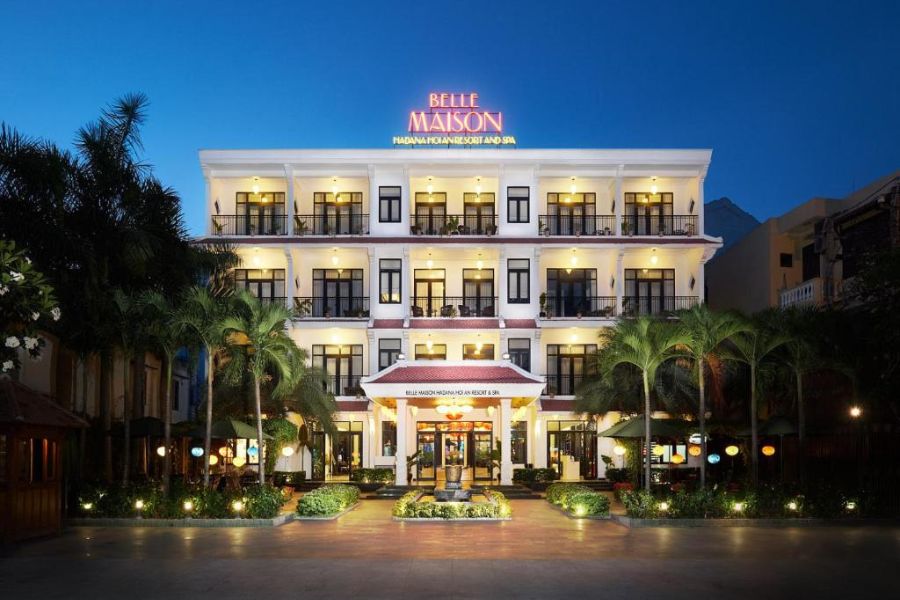
Just a distance of 700 meters from the Hoi An Ancient Town, this resort blends quiet convenience and walkability. The price of the Hadana Boutique Hoi An Resort & Spa is around $42 to $188 per night, depending on the real-time promotion of the hotel and the real-time promotion of the hotel.
Tan An Area
Tan An area is one of the best places to stay in Hoi An, just a short bike or taxi journey away from Hoi An Ancient Town. This place is much less crowded, but still easily retains key attractions in this Hoi An itinerary. Moreover, this area is near local markets and has easy access to An Bang Beach, perfect for vacationers searching for a cozy yet well-connected base in Hoi An.
Hoi An Golden Holiday (3 ★)
With a brilliant and modern layout, Hoi An Golden Holiday mixes Vietnamese artwork with cutting-edge furniture. The interiors of Hoi An Golden Holiday are very fresh and welcoming, proposing pastel hues as well as natural lighting.
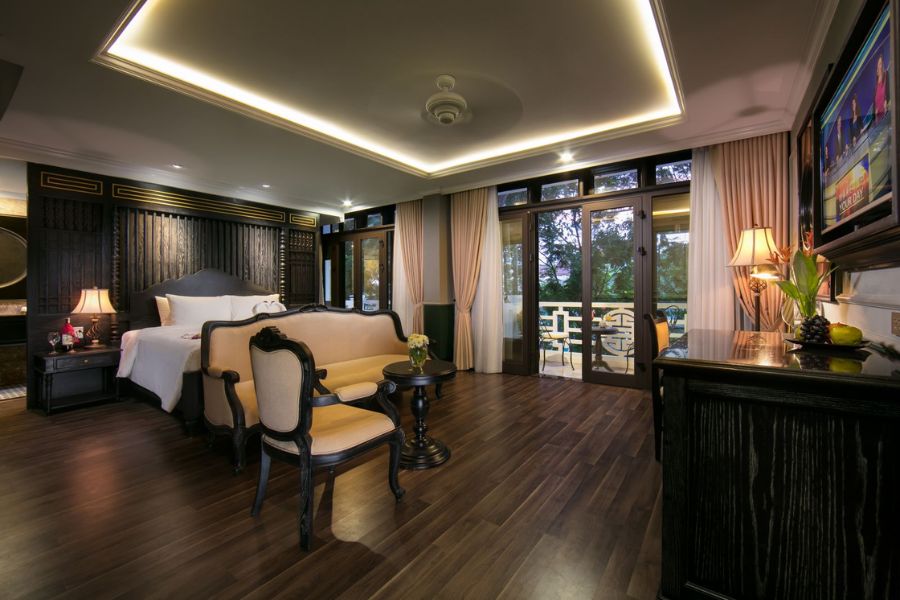
Just a short walk to the Hoi An Ancient Town and close to local eateries, this accommodation is well-situated for travelers to explore the local sites. The price of Hoi An Golden Holiday is around $37 to $154 per night, according to the actual type of room you book for your adventure, and includes standard breakfast in almost all room packages.
Hoi An Rose Garden (3 ★)
Styled in a minimalist Vietnamese vibe, Hoi An Rose Garden emphasizes easy strains and elegant floral touches. Visitors will have a chance to experience peaceful, tranquil courtyards and carefully decorated rooms with mild lighting.
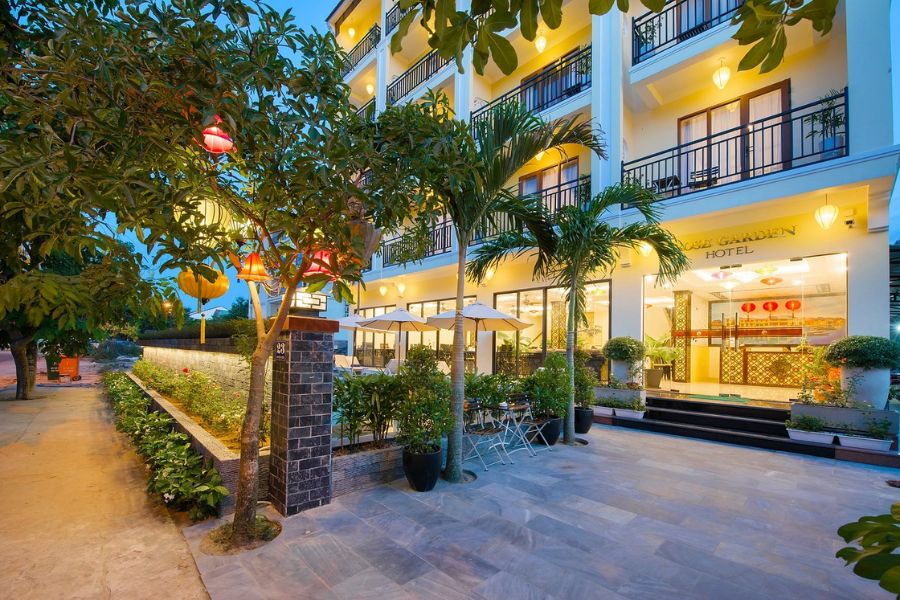
Set just a few minutes from the Hoi An Ancient Town, Hoi An Rose Garden offers both peace and accessibility for travelers who like walking. The price of Hoi An Rose Garden is approximately $29 to $192 per night, depending on the real-time promotion of the hotel, and regularly together with complimentary breakfast.
Kim An Hotel (3 ★)
The Kim An Hotel exudes a captivating, traditional aesthetic with warm tones, wooden fixtures, and Vietnamese decorative highlights. Rooms of this hotel are cozy and clean, supplying simple convenience and fit almost budget and amusement tourists looking for authenticity.
Positioned within strolling distance of Hoi An Ancient Town and various Hoi An attractions, the Kim An Hotel is exceedingly convenient for sightseeing. The price of the Kim An Hotel is approximately $31 to $81 per night, according to the actual type of room you book for your adventure. This is a solid value for its proximity and pleasant service.
Cam Pho Area
Cam Pho is located near the center of Hoi An Ancient Town, so it is a suitable area for travelers who want to walk and witness a wonderful lantern-lit street, unwind in riverside coffee shops, and experience the town’s colorful nightlife while still enjoying a relatively calm vibe.
Thanh Binh Riverside (3 ★)
Located alongside the Thu Bon River, Thanh Binh Riverside has classic Vietnamese design, timber decoration, and lotus motifs. Travelers can have an opportunity to revel in tranquil river perspectives and lantern-lit evenings if staying in this hotel.

Thanh Binh Riverside is near the Old School area with shuttle choices to Hoi An Ancient Town, which balances attraction with convenience. The price of Thanh Binh Riverside is around $31 to $65 per night, depending on the real-time promotion of the hotel and the real-time promotion of the hotel.
La Siesta Hoi An Resort & Spa (4 ★)
Stylish with a colonial atmosphere, the La Siesta Hoi An Resort & Spa has modern and simple lines combined with antique furniture and soft colorings. The spa and pool regions of the resort are fantastically landscaped, supplying luxurious serenity, providing a premium experience.
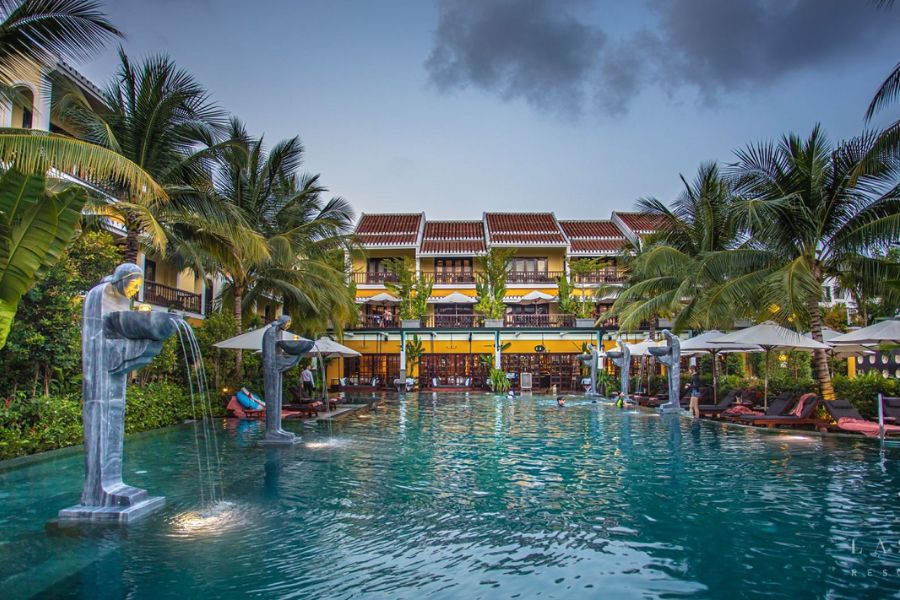
A brief walk from the heart of Hoi An Ancient Town, this resort gives fantastic in-house facilities for travelers who want to relax comfortably. The price of the La Siesta Hoi An Resort & Spa is approximately $104 to $273 per night, according to the actual type of room you book for your adventure.
Other Areas
There are some other areas when deciding where to stay in Hoi An with kids, including Thang Binh and Dien Ban. Thang Binh, slightly further out from the center of Hoi An, but it will offer you a local vibe with homestays and small own family-run lodges. Dien Ban, a bigger district and also just outside Hoi An, is a perfect area for those looking for hostels in Hoi An with tranquility and a wide-open atmosphere, combining exploring the town and reveling in the sea.
Bliss Hoi An Beach Resort & Wellness (4 ★)
The Bliss Hoi An Beach Resort & Wellness, which is in the Thang Binh area, has contemporary minimalist architecture and calming tones. So if staying here, you can enjoy the lush greenery and water features throughout the space. Rooms of the resort are spacious and airy, providing a spa-like atmosphere.
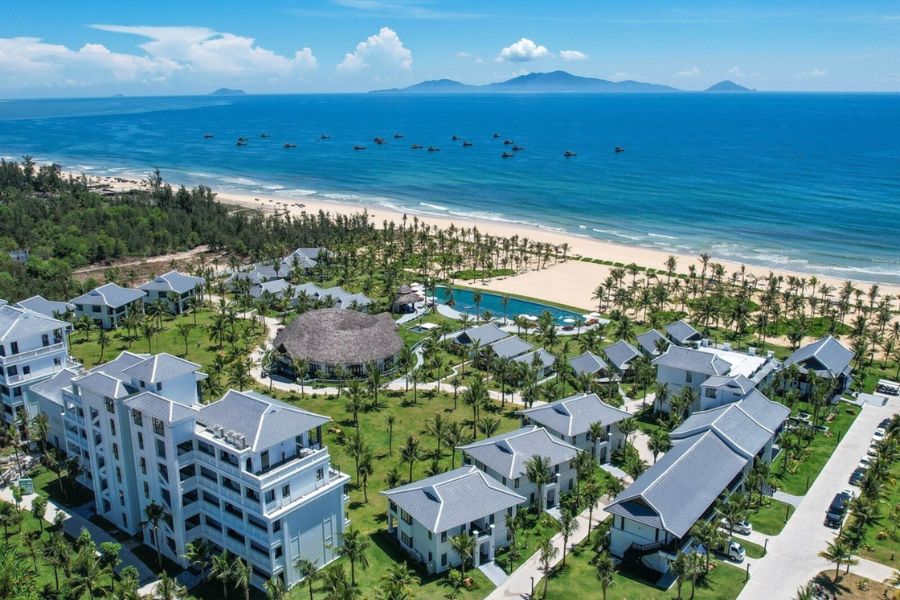
Located beachfront, the Bliss Hoi An Beach Resort & Wellness is ideal for relaxation and families looking for resort accommodations. The price of the Bliss Hoi An Beach Resort & Wellness is around $104 to $681 per night, according to the actual type of room you book for your adventure.
Four Seasons Resort The Nam Hai Hoi An (5★)
The Four Seasons Resort The Nam Hai Hoi An are extremely luxurious and pricey villas designed by Reda Amalou, blending modern minimalism with a Vietnamese architectural background. This resort has many private plunge swimming pools, garden courtyards, and natural materials for the top beauty.
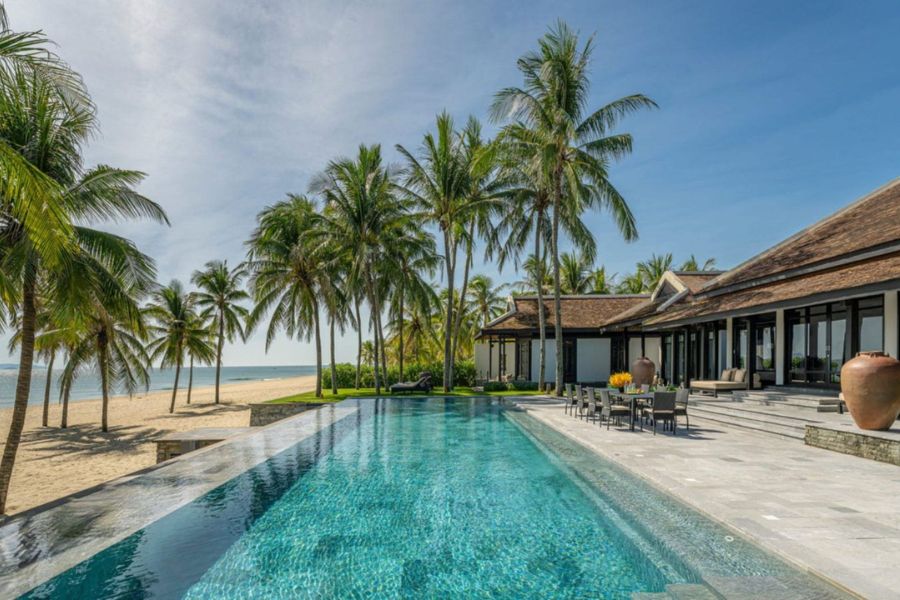
Positioned approximately 7 kilometers from Hoi An Ancient Town and in the Dien Ban area, the resort offers travelers a free airport commute. The price of the Four Seasons Resort The Nam Hai Hoi An is approximately $662 to $3,304 per night, depending on the villa kind, from one-bedroom to expansive and luxurious beachfront pool villas.
Tips To Choose Suitable Accommodations In Hoi An
To feel convenient, exciting, and safe in this Central Vietnam itinerary, you need to remember the following important tips to choose the best area when looking for where to stay in Hoi An. Let’s see more tips in the section below:
- Check the weather before booking: For the duration of the wet season, you need to select hotels or resorts near the center of Hoi An to keep away from flooding.
- Book accommodation early: Particularly in festival seasons like the Lantern Festival, hotels and resorts in Hoi An fill quickly. So you must book them in advance to ensure availability.
- Find a family-friendly stay: In case you travel to Hoi An with your family, especially having kids, you should choose the lodging that provides kids’ clubs, spacious rooms, and indoor activities for families.
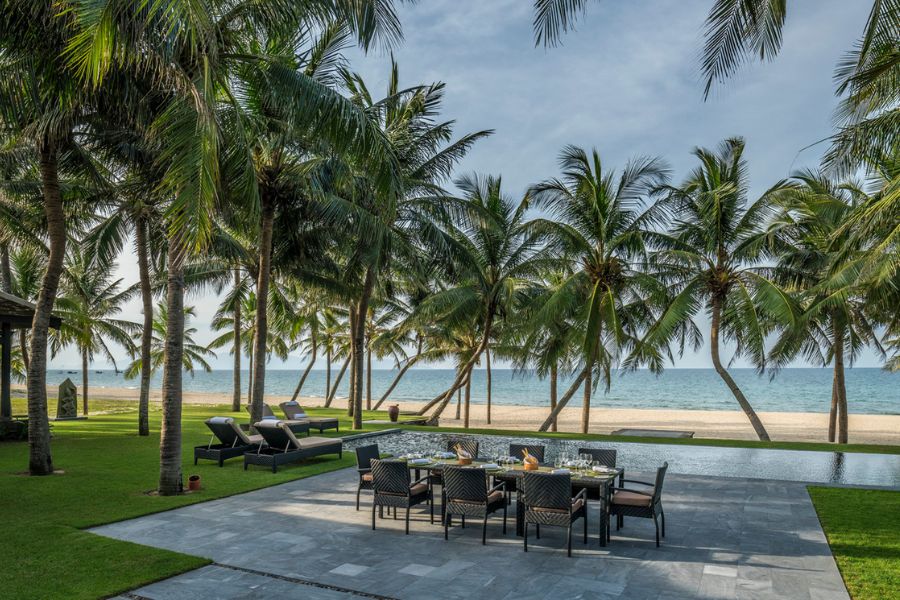
- Pick homestays for authenticity: If you want to find a brilliant way to connect and communicate more with the local people in Hoi An, and experience actual Hoi An life, let’s choose homestays instead of luxurious hotels or resorts.
- See rankings and reviews from other vacationers: After reading feedback and reviews from other visitors on tourist websites, forums, or social media platforms, you can have more information to select the suitable hotels or resorts for you on your journey to Hoi An.
- Ask approximately airport transfers: Some accommodations have free or discounted travel shuttle from Da Nang International Airport. Let’s ask the lodging managers beforehand for a safe transfer.
- Find out the changing or cancellation guidelines: Sometimes, your arrangement can have some issues, so you need to be flexible and change your hotels or resorts. Don’t forget to ask the accommodation manager about the guidelines to save your fee effectively when changing or canceling.
Final Thoughts
There are numerous hotels and resorts, from low-priced to luxury or high-end ones, for you to book when looking for where to stay in Hoi An. Choosing the suitable lodging in Hoi An can make you feel wonderful on your adventure. If you want to be consulted about the Hoi An journey, interesting things to see and to do in this Ancient Town, the best time to visit Hoi An, as well as receive support for the visa process, let’s contact Seni World, a reputable tour operator from Vietnam. We are here to help you from A to Z on your Hoi An discovery journey.


